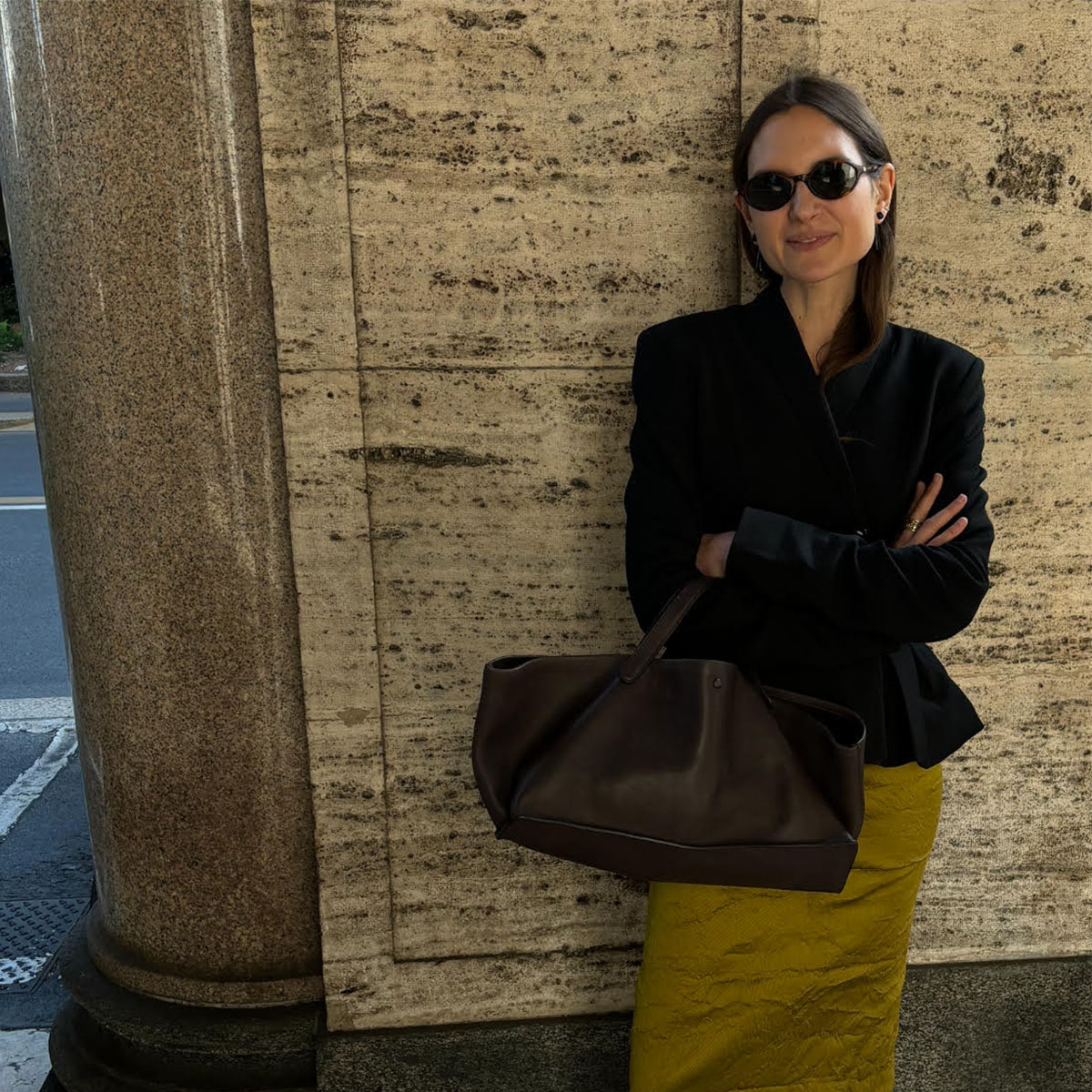I Tried 5 Buzzy Skincare Treatments Before My 40th Birthday—Here Are My Reviews
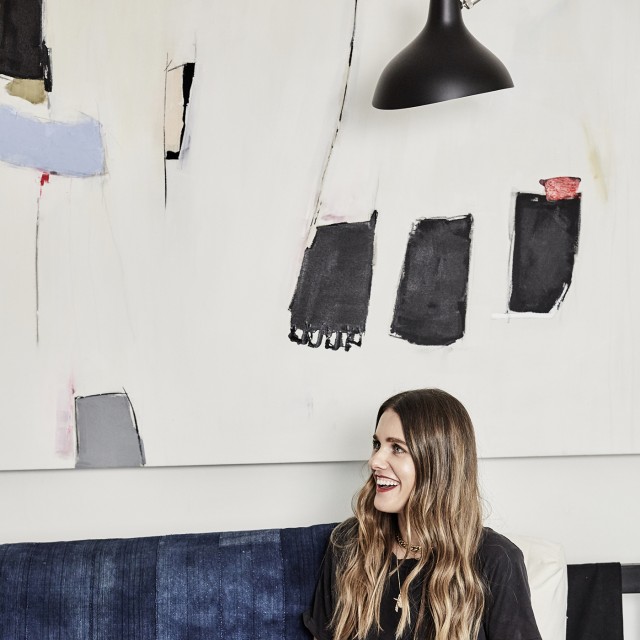
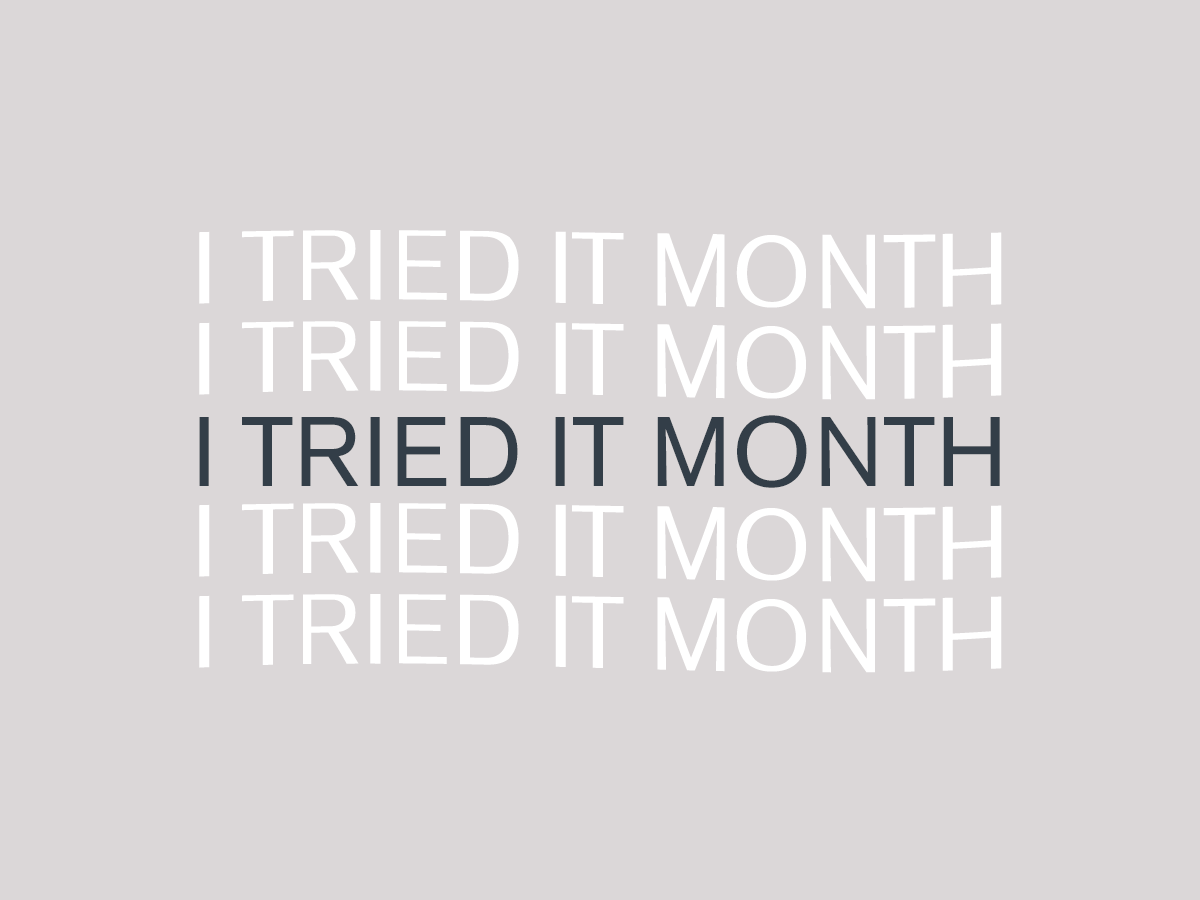
Welcome to I Tried It Month, where we’ll be publishing a new fashion, beauty, or wellness article every day in January that features a first-person account of shaking up an old habit, pushing beyond a comfort zone, or simply trying something new. Follow along for 31 days of storytelling, including everything from going without a cellphone for 40 days to trying the polarizing low-rise pants trend.
Editorial Note: These treatments were done in January of 2020, pre-pandemic. If you're not comfortable with in-office treatments right now, try this professional-level DIY facial or products our editors are loving instead of beauty services.
Remember being a teenager in high school and thinking 40 was old? I distinctly recall being 15 or 16 years old and thinking I’d have it all figured out by the time I was 25. In my mind, I’d be a proper grown-up by then in the career of my dreams and married with a baby—25 seemed so far away. For the record, I knew nothing at age 25 and felt anything but grown-up. But oh, how quickly time passes. Here I am, a year from turning 40, I’ve been married for 12 years, and our son just turned 11. Even now, I can’t say with confidence that I feel like an adult. My husband and I still turn to each other with a quizzical expression wondering how we both got here. I’m sure many of you reading this can relate.
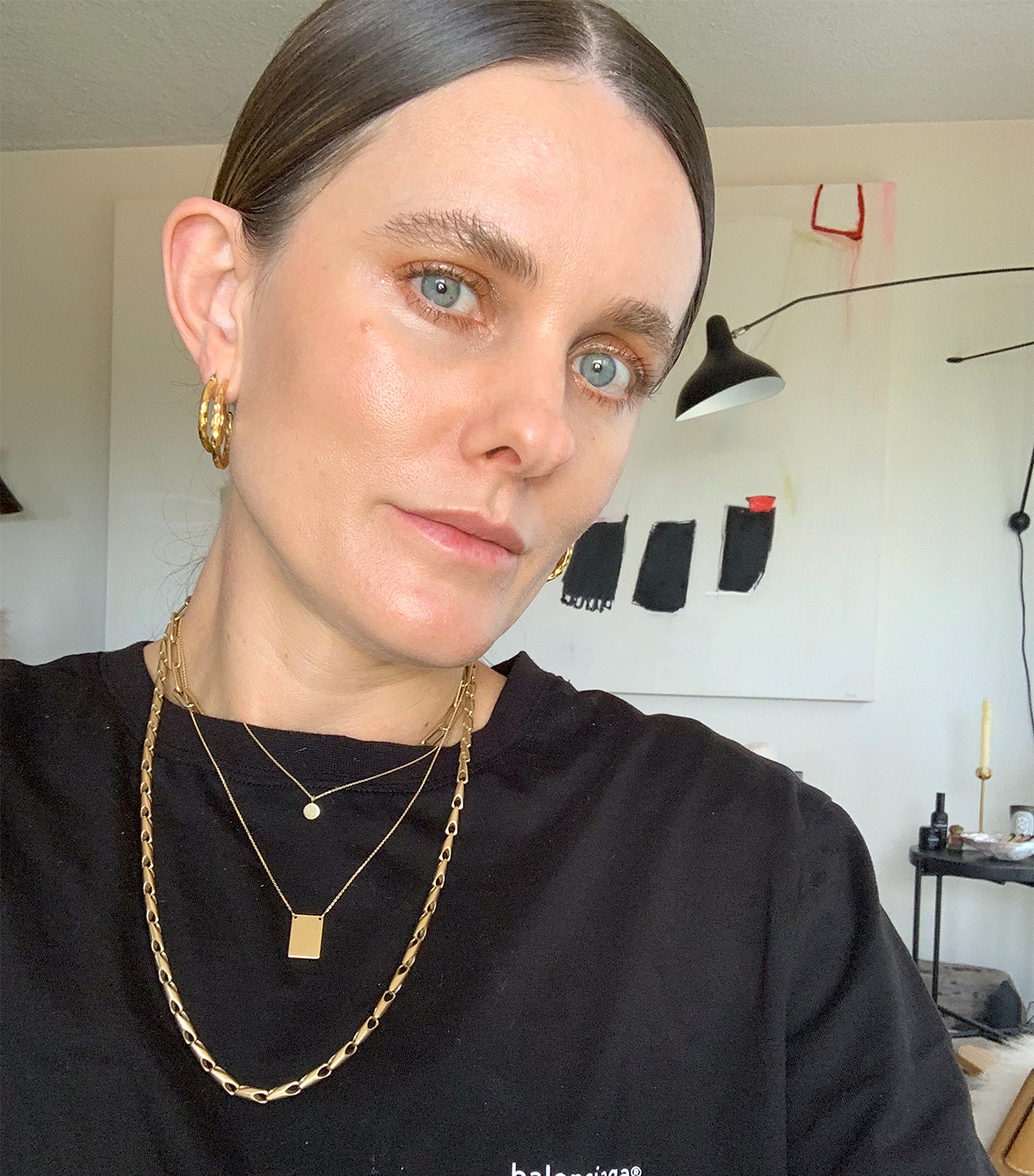
Of course, the old adage still rings true: You are only as old as you feel. Even if I don’t feel like it, the mirror tells me a different story. It’s a daily reminder that time will have her way and you can’t stop her. And don’t get me wrong—I’m all about aging gracefully, but I want to look good while I do. For me, it’s all about taking care of my skin health. I’ve been on a cleanse-tone-moisturize-sunscreen routine since I was 14 years old (thanks, mom!), and it’s slowly developed into monthly facials, lasers, and a few injectables.
With my big 4-0 coming up, I wanted to try a few buzzy skincare treatments to help turn back the clock a little and make sure my skin looks 100 when the day finally arrives. Read on to find out what I did along with my honest thoughts, and feel free to DM me at @skinlexicon if you have any questions!
1. The Liquid Facial—AKA Liquid Injectables
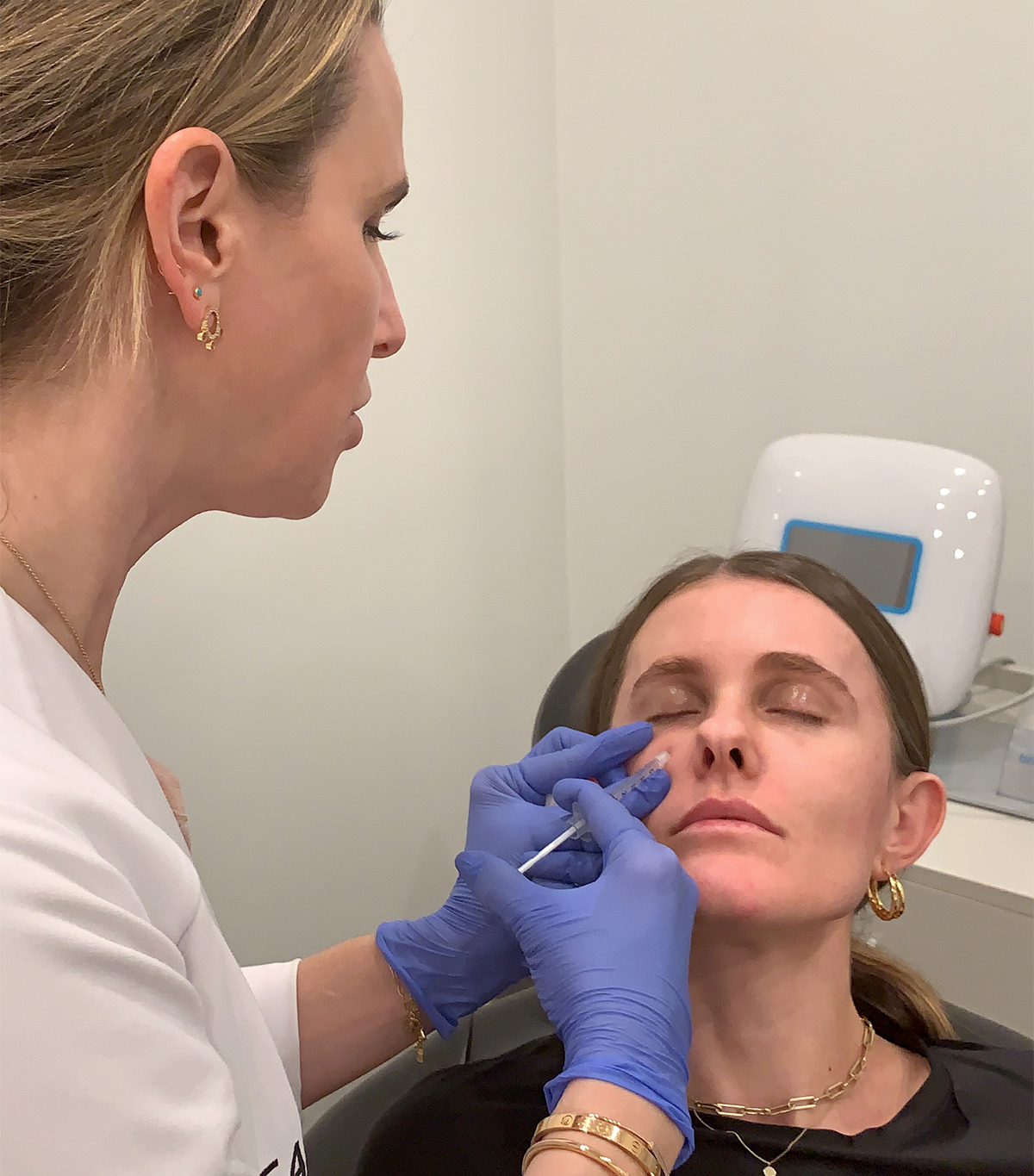
I have already written about my experience with under-eye fillers and lip filler, and I loved both, but I’m definitely very careful about who I see for injectables and what filler I use. Most people have some apprehension about trying fillers because there are a lot of examples where it has gone wrong.
"Unfortunately, there are a lot of people walking around with filler that you can see and recognize that it was done badly with an unnatural result,” says Nancy Samolitis, MD, FAAD, of Facile Dermatology + Boutique in Los Angeles. "Because of this, many people have the misconception that all filler treatments will look this way. When the appropriate filler product is used with the correct technique, injected at the correct depth in the correct amount, it should not be visible or look unnatural.” This was the case with my experience having a liquid facial. Samolitis chose different types of filler and Botox to suit specific areas of my face to ensure a natural look that still had movement and didn’t look stiff or overdone.
There is still a lot of confusion around when/where/how fillers or Botox are used, so I asked Samolitis to settle the debate once and for all.
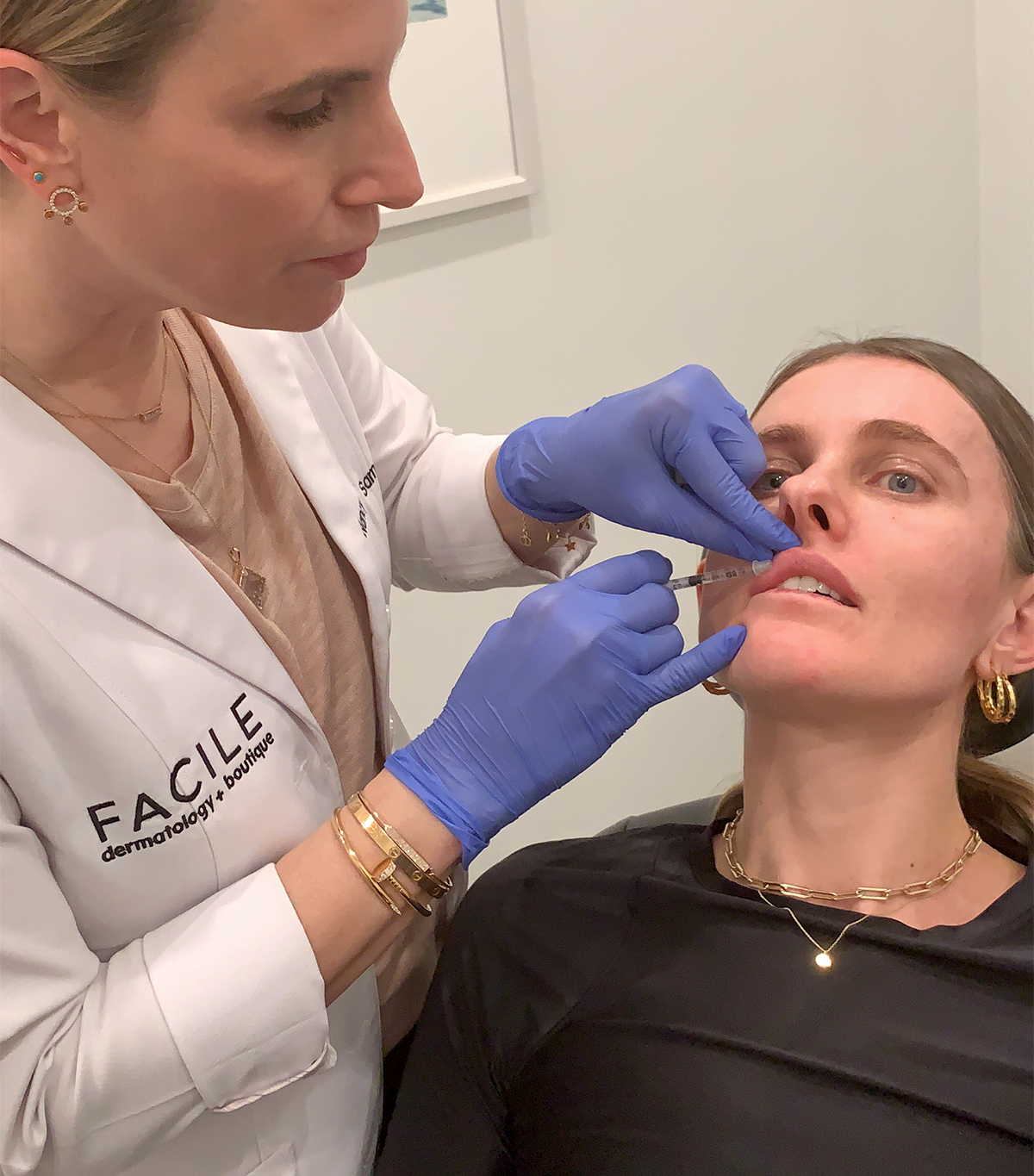
Botulinum toxin (Botox, Dysport, Xeomin, and Jeuveau are all different brands): "This is what's known as a neuromodulator," Samolitis explains. "That means it binds to a specific receptor in a nerve ending that prevents the nerve from communicating with a muscle, therefore reducing the muscle activity. These products are used to reduce wrinkles that are associated with certain facial movements/expressions. This is most commonly used for areas such as the frown line between the eyebrows (aka the "elevens"), forehead lines, and crow's-feet lines. It can also be used for upper lip lines, chin dimpling, and lines in the neck.
"Newer techniques are using these products to create lift by relaxing muscles that are natural depressors in the face and neck. For example, that muscles that pull down on the brows or the jowls can be relaxed to create a very slight lifted look. Even more exciting and new uses for these products include injecting micro-droplets into the skin (instead of the muscle) to reduce oil production in pores, reduce sweating, shrink blood vessels to reduce redness/flushing, and smooth skin texture. There may even be some benefit for treating acne and rosacea, but this is still being studied.”
Fillers: These products replace volume. The most commonly used fillers are made of hyaluronic acid, which is a sugar molecule that is bound into a gel-like injectable and placed into various levels of the skin and deeper tissues to replace tissue that we have lost with aging or enhance tissue that we don't have naturally. Certain thicker fillers are used more appropriately on bone and in the fat compartment in the face to create contour (for example, volumizing and contouring the cheeks, temples, and jawline).
"Fillers that are smooth and [bouncier and more elastic] are used for smoothing and plumping lips and around the mouth where there is a lot of movement," Samolitis explains. "If a thicker filler is used in these areas or injected superficially, it can create an unnatural stiff or overly plumped look. Finally, very thin, almost watery, fillers are used to create a hydrated effect in the top layers in the skin or fill in very fine lines or acne scars."
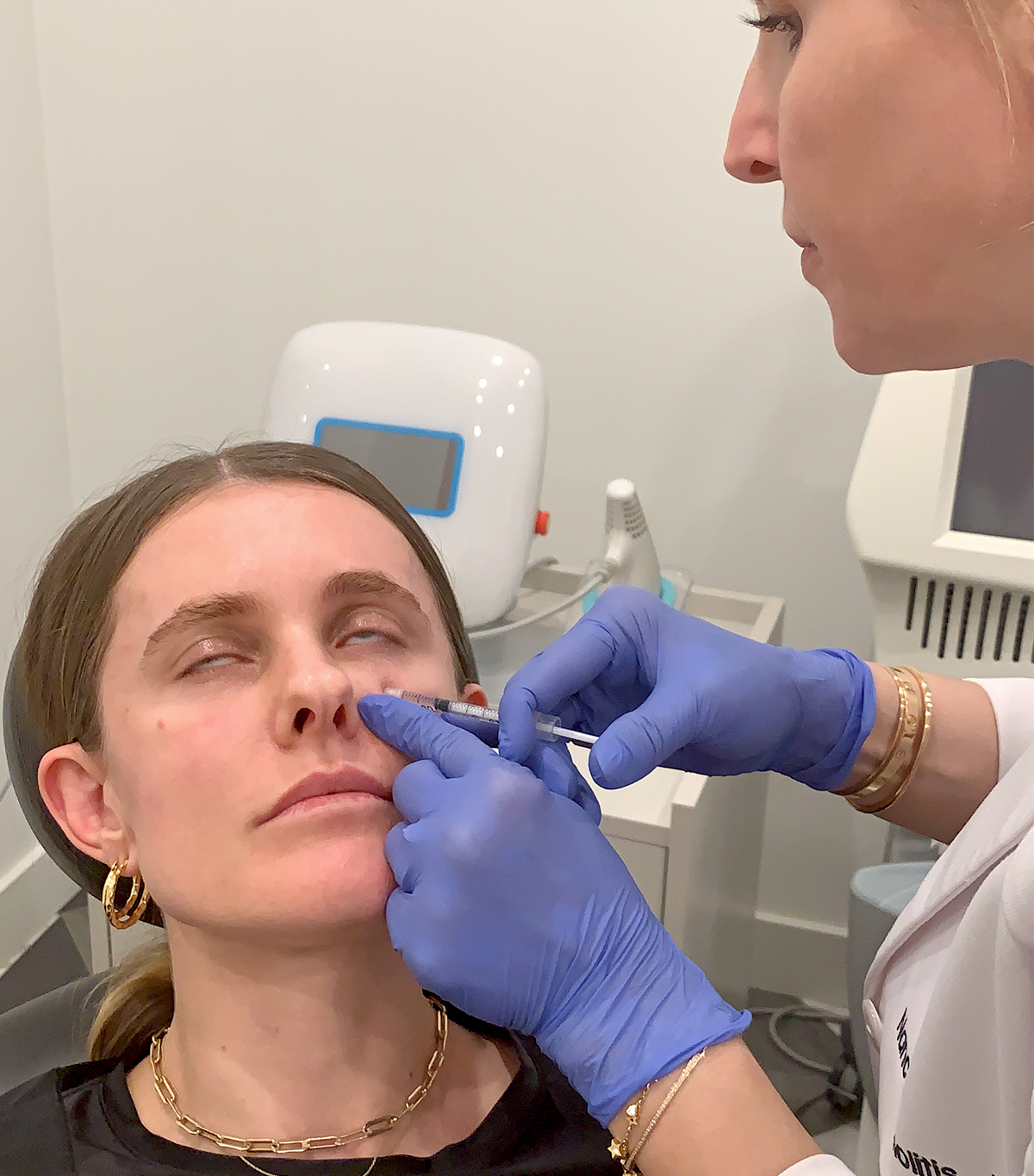
Samolitis used various types of filler and botox around my face during the treatment, and in most cases, she says we need a combination of the products described above to create a harmonious overall result. "Signs of aging in the face are usually a combination of volume loss including bone resorption and decreasing the size of the fat pockets that give our face its characteristic shape and thinning of the skin leading to fine lines and texture change,” she explains. Injectables should also always be combined with skin rejuvenation techniques including a good skincare regimen, sun protection, and in-office procedures like micro-needle or laser resurfacing. She tells me any medspa that only provides injectables is doing the patient a disservice by not treating the skin and educating the patient on sun and environmental damage. Hear, hear.
The other bonus of getting filler is that it actually helps to create more collagen. The injection creates a tiny wound and a stretching of the cells called fibroblasts in the dermal layer of the skin. This stimulus initiates a cascade of wound-healing signals that ultimately lead to new collagen production. Obviously, this is on a very small scale, but often repeated filler injection in the same area (most commonly the lips, a fine wrinkle, or acne scars) will lead to longer-lasting results over time.
Of course, injectables aren’t cheap but the good news is, you don’t need to get them that often. Botulinum toxin averages three to four months while filler can be anywhere from three months to several years (it depends on the type of filler, area treated, amount of filler used, and the person's metabolism).
2. The Sculpting Laser—AKA the Beauty Sandwich
If you haven’t heard of The Beauty Sandwich yet then I’d suggest checking it out on Instagram stat. The creator, Iván Pol, is ringing in a new age of noninvasive and nontoxic beauty treatments with his unique skin-tightening method—and the Hollywood A-list are lining up. As a long-time fashion and celebrity makeup artist, Pol wanted an alternative way to reduce the look of wrinkles without needles and saw an opportunity in the market for a natural alternative to "looking our best" and staying young. So he developed The Beauty Sandwich, a unique and customized combination of advanced radiofrequency including monopolar, bipolar, and infrared RF. The method organically plumps and builds collagen to give a filler-like appearance, and I’m obsessed!
So what’s the magic sauce? Why does it work? While there are a lot of devices out there that show improvement in resurfacing and remodeling the skin, Pol has found that the secret to delivering lasting results is through combining or stacking one procedure on another, just like a sandwich. Pol stacks two radio frequency (RF) devices on top of each other. The first is a monopolar system called Pellevé, which means the RF (radio frequency) can penetrate deeply until the tissue reaches a certain temperature. This deep energy (which feels like heat to the client) tightens the skin while at the same time stimulates the fibroblasts, which are the workforce cells that produce new collagen and elastic fibers in the skin.
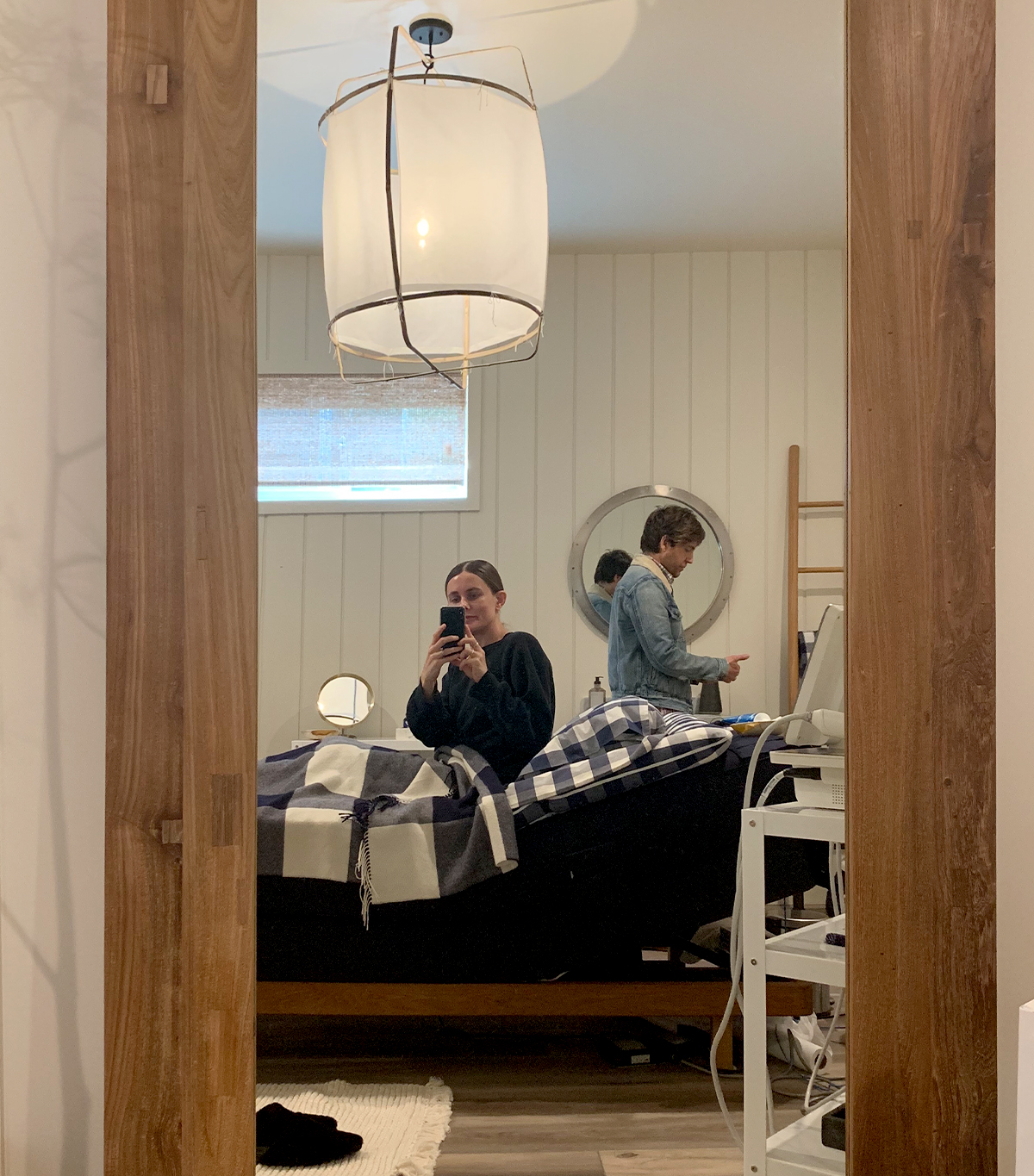
The second is the eMatrix system, which is a bipolar RF device that limits its energy to the upper levels of the skin. This too stimulates the fibroblasts as well as causes some superficial exfoliation. The combination of the two creates The Sandwich, which gives an immediate tightening effect with the long-term stimulation of the fibroblasts. Add some great topical skincare, and you’ll get that radiant glow we’re all after.
But, of course, the big question is, how much does it cost and how long does it last? While the results are case by case, Pol tells me he typically recommends six to eight treatments with touch-ups before big events, but the results can last up to a year or more. They range in price from $850 to $1400, so it’s not exactly cheap, but when you think about how long it lasts, it’s comparable to filler, and it’s completely natural and safe. "This is the natural alternative to have a filler-like appearance to the skin,” says Pol. "I think of The Beauty Sandwich as weight training. We are strengthening and toning the muscles to help with collagen stimulation which plumps and lifts the skin, contouring the face and defining jawline.”
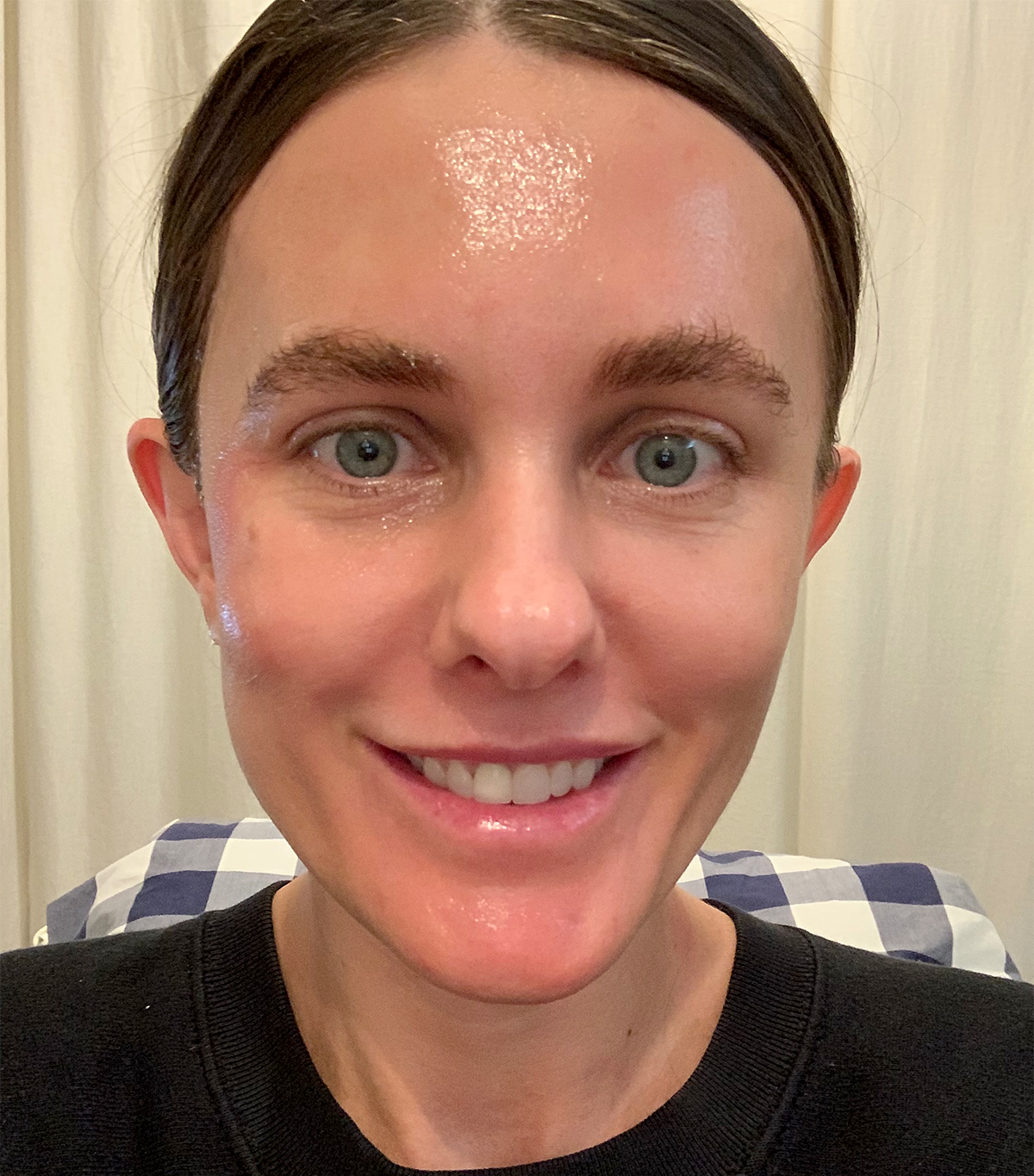
As you can see from the pictures, the method shows visible results after just one session, and that continues two weeks after. In fact, I had the post-treatment glow for up to three days after the procedure, but it is the gift that keeps on giving. Pol says four to 15 days after the treatment, your body’s natural reaction to heal comes into play as fibroblasts become present, and the collagen rebuilding process begins. And it continued to do so days, weeks, even months after treatment.
But aside from the aesthetic results, the biggest transformation Pol has seen is in the way women feel about themselves after a series of treatments. "That boost in their self-esteem, the voicemails I receive when they love what they see, that empowerment is why I created The Beauty Sandwich,” he tells me. "I have always believed that beauty comes from within. It starts from the bed and the sheets you sleep on to what you ingest. Same goes for what you put on your skin.”
3. The Time Machine—AKA DermalStem Regeneration

I have been seeing celebrity esthetician Matthew Miller for monthly facials for at least the past year. He is one of my favorites in the L.A. area and definitely the most reasonably priced that I’ve found here, too. So when he told me about his new treatment, DermalStem Regeneration, my ears pricked and I immediately booked an appointment with him. In a nutshell, this treatment is an amazing alternative to micro-needling without any pain or downtime. While I was there for the anti-aging effects, it can also help other concerns like acne, hyperpigmentation, and dry skin.

So what is it? Well, DermalStem Regeneration is another treatment that stimulates the growth of, you guessed it, collagen. Firstly, a Bio-Brasion wet/dry microdermabrasion is used to exfoliate the skin. Then he uses a dermastamp to create microchannels on the skin’s surface. These microchannels allow a serum derived from bone marrow stem cells to penetrate deeper into the skin. Yes, I said bone-marrow stem cells! This game-changing serum is packed with next-level growth factors that trigger the skin’s natural renewal process and promote the formation of collagen and elastin to provide firmness and elasticity. Read: Sign me up! This is quickly followed with a hyaluronic acid serum and 20 minutes of LED to accelerate healing and reduce redness. Both of these together give you the benefits of physical and chemical exfoliation without the irritation or downtime.

You’ll see results instantly with this facial, and it just keeps getting better even up to a month post-treatment as the bone marrow stem cells continue to work. You do need to give your body time to produce the collagen to heal the skin after this one, so there’s no need to rush back in straight away or sign up for multiple treatments, but Miller says you will see a noticeable difference after three of these. So how much does it cost? The treatment is pricey at $475, but I really do see the value in this one. You can get discounted rates when you buy in bulk—a three-pack series is $1210, while a six-pack series is $2280.
4. The Even Keel—AKA the PiQo4 Laser
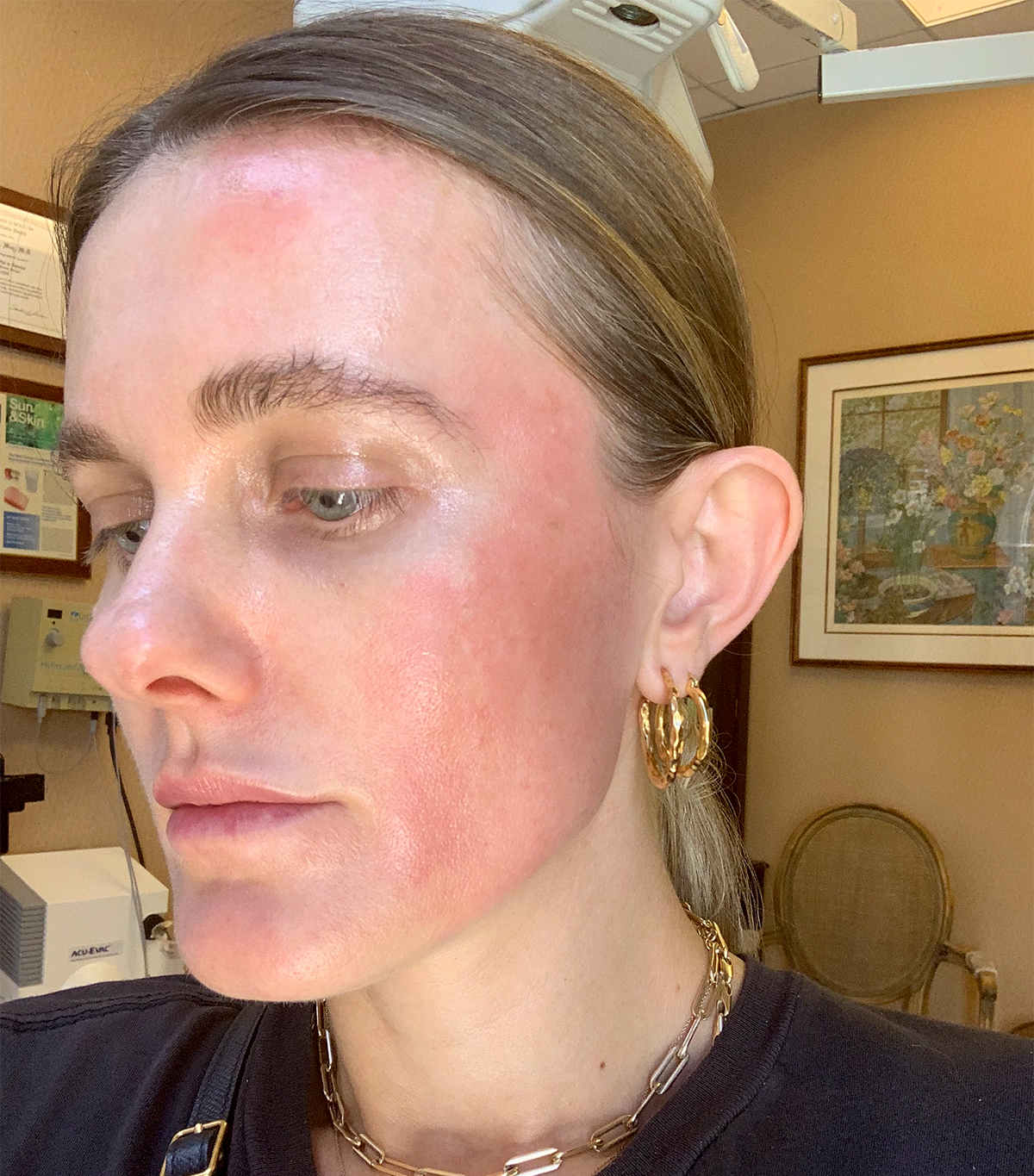
As I mentioned earlier, I am very picky about who I allow to inject my face. I have seen Jennifer Herrmann, MD, twice now for both under-eye fillers and lip fillers, and her work is very subtle and natural. So when I wanted to try the PiQo4 laser to remove a few dark spots, she was my first port of call—she also turned my own blood into an anti-aging serum once.

So what is the PiQo4 laser? According to Herrmann, it’s a picosecond laser that’s used to treat unwanted pigmentation and tattoos. "It uses energy to target pigment particles, shatters them, and then your body’s immune system helps clear them away,” she says. "Because it hits its targets so quickly—at picosecond bursts—it converts laser light energy into sound almost instantly as it interacts with targets, generating very little heat in the process. This results in less unwanted damage to surrounding tissues, fewer side effects, increased safety for darker skin, and less pain and downtime for patients.” In a nutshell, this game-changing laser can pinpoint dark spots and treat them individually without having to treat the entire face. And it works!
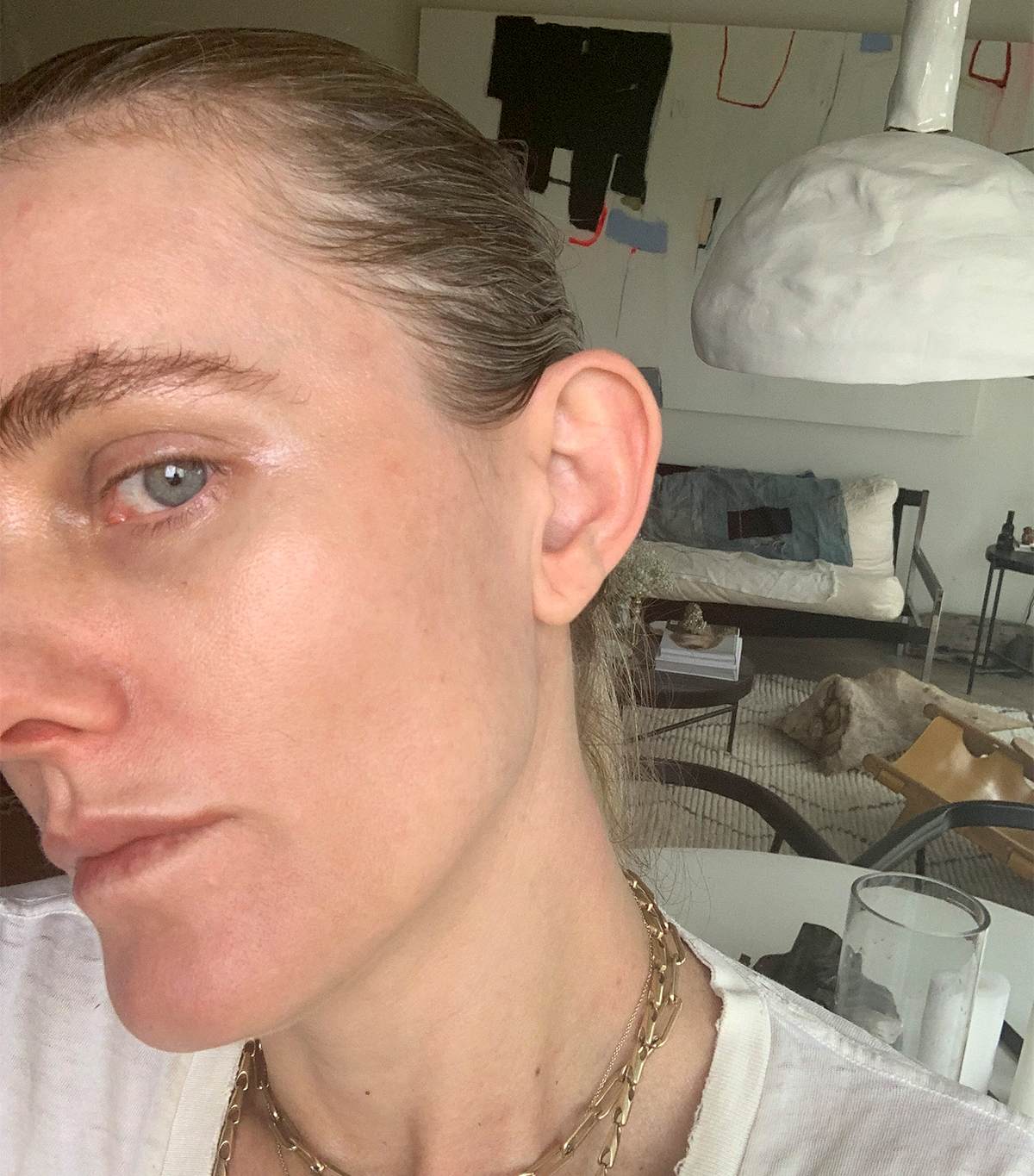
But it’s not just for people with hyperpigmentation like me. You can also use it to remove unwanted tattoos, sunspots, brown spots. In fact, it’s one of Herrmann’s favorite lasers for diffusing brown spots caused by the sun. She also used a fractionated setting on my skin to treat summer sun damage, and it only took one treatment—my skin is so much clearer and more even. And it only took a week for the dark spots to completely disappear, too.
How many treatments you need all depends on what is being treated. Discrete brown spots can clear in a single treatment, while tattoos can take more than 10 treatments. Prices begin at $250 per session, which is a small price to pay for clearer, healthier skin.
5. The French Effect—AKA the Biologique Recherche Facial
For my fourth treatment, I went to see the much-adored Camille Fields—TyLynn Nguyen is a regular. When you meet Fields, it’s easy to see why influencers, models, and celebrities book months in advance to have their faces in her magical hands. Fields has been in the industry for 20 years, and her own glowing skin is proof that her treatments and skincare philosophy works. She’s all about strengthening your skin from the inside out—Sakara and The Beauty Chef products sit proudly alongside her skincare recommendations.
Speaking of which, Fields is an official Biologique Recherche salon—the beloved French skincare line that has a global cult following. Aside from its groundbreaking, science-based line, Biologique Recherche offers a series of specialty treatments to enhance the effectiveness of its products, and the Le Grand Soin is the crown jewel. During this treatment, Fields uses specialty boosters, co-factors, masks, serums, and the world-renowned Remodeling Face Machine (the ultimate for firming and lifting the facial muscles), as well as lymphatic and sculptural massage, LED light therapy, and ultrasound. By the end, your face is taut, clear, bright, and glowy. (I have the pictures and videos to prove it!)
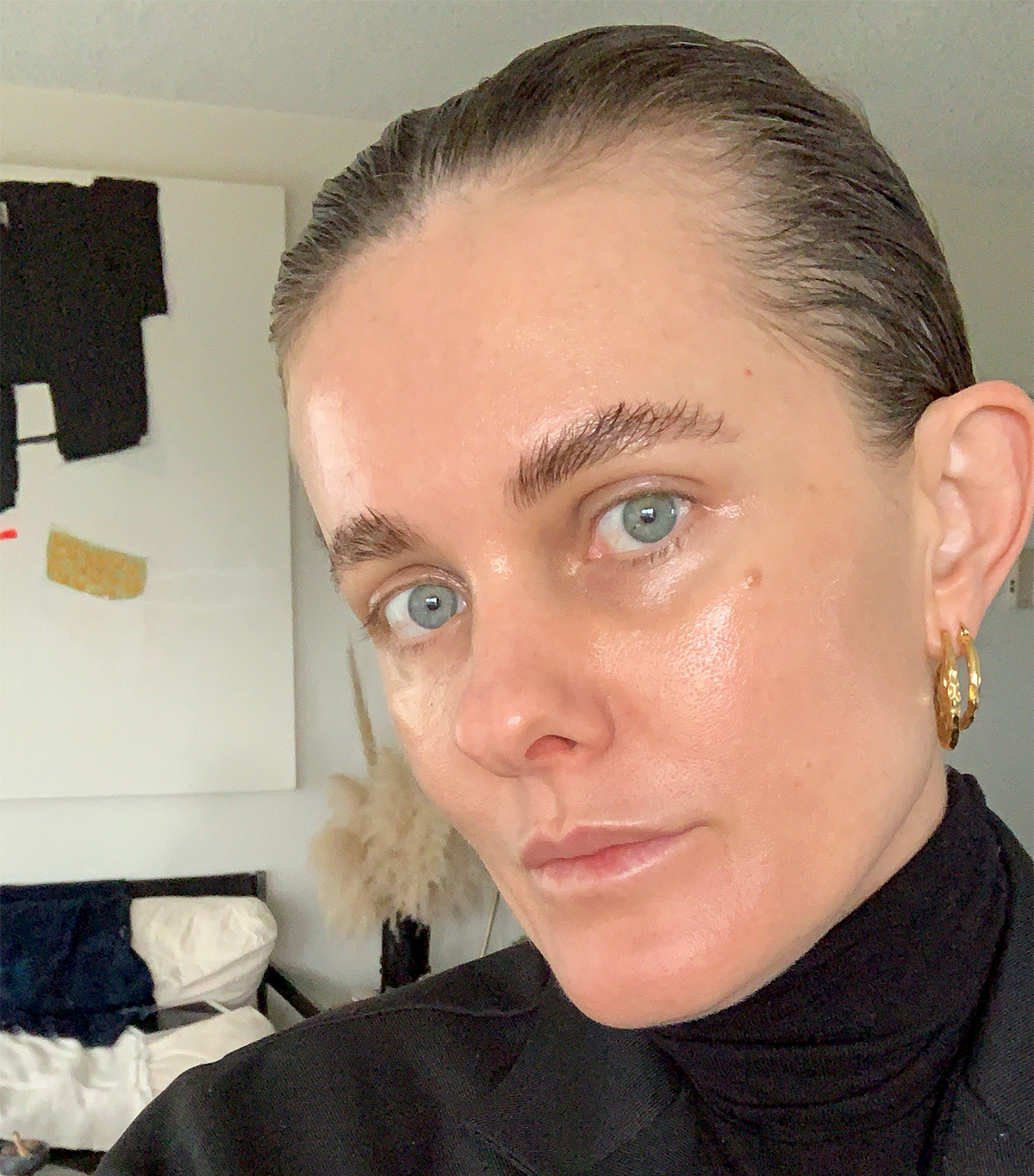
All of this will set you back $550, but if you are looking for a treatment that provides long-lasting, skin health–boosting results, this is it—my skin was transformed. But, of course, total skin health is about so much more than just one treatment. As Fields explains, "Our skin is just a reflection of our internal health. To truly address the root cause of any skin concern, we have to first look within. Incredible changes can occur when we respect and understand the physiology of our bodies.”
My Skin After All 5 Treatments

Below, I'm sharing the skincare products I used daily to maintain my glow. Keep scrolling to shop my favorite, ride-or-die formulas.
My Current 12-Step (or More) Skincare Routine
Cleanser

I love an exfoliating cleanser to slough off dead skin cells to keep blackheads away and keep my skin feeling smooth and fresh. Both of these are also incredibly gentle on the skin and never irritate or dry my skin out. I'm obsessed with Cosmedix's Salicylic Acid Foaming Cleanser. It's acid-based, but it's so gentle and doesn't have any parabens, which I love.
Toner
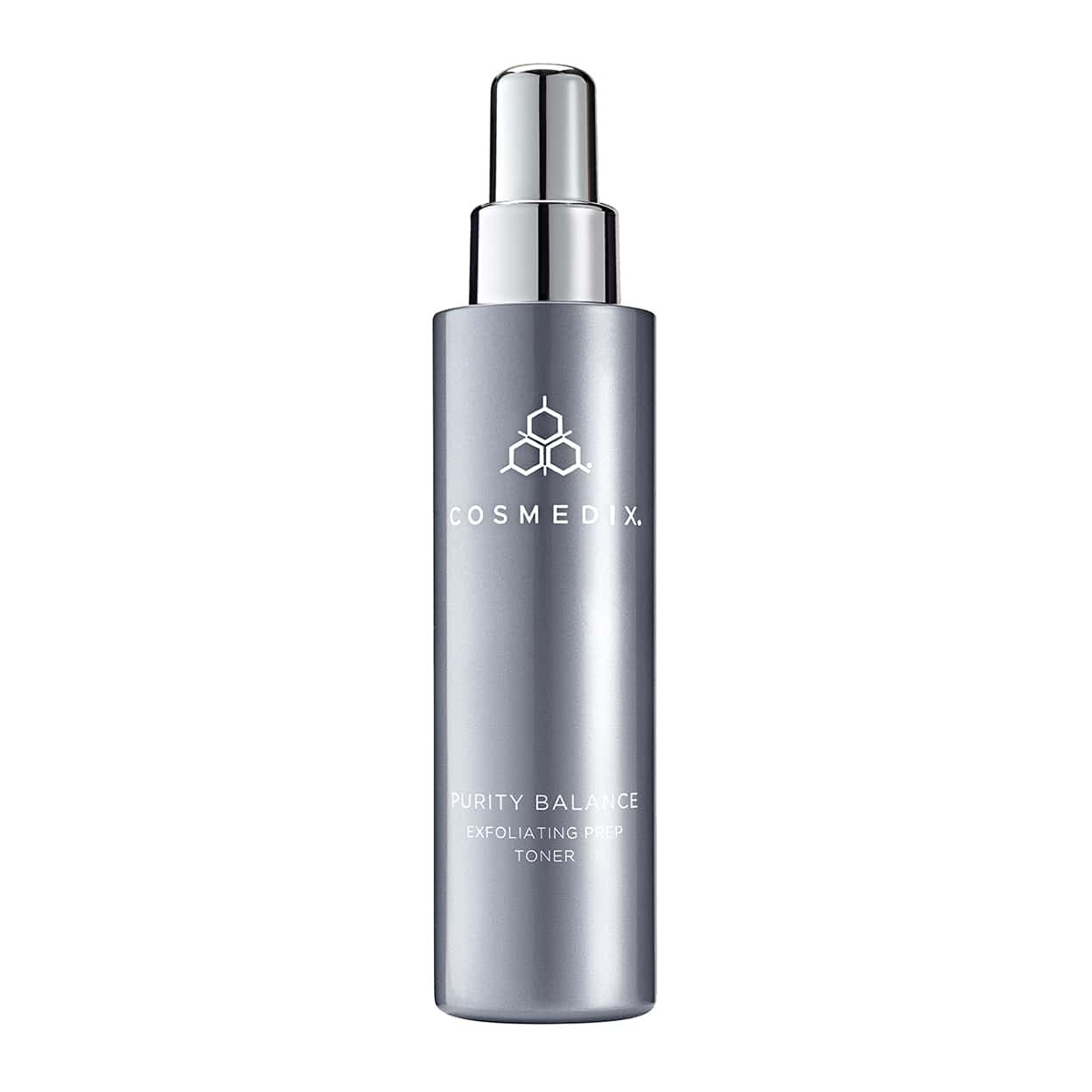
I'm a big fan of using acids, and this one has both of my favorites, salicylic and lactic acids. I have been using this toner for at least 10 years now, and it is truly one of my hero products. I love how it removes excess oil or residue (including makeup) to reveal smooth, clear skin. It can also be used as a spot treatment for breakouts, and I've even used it in lieu of a cleanser when I forgot to pack it on a work trip once. It's really an amazing product.
Serums
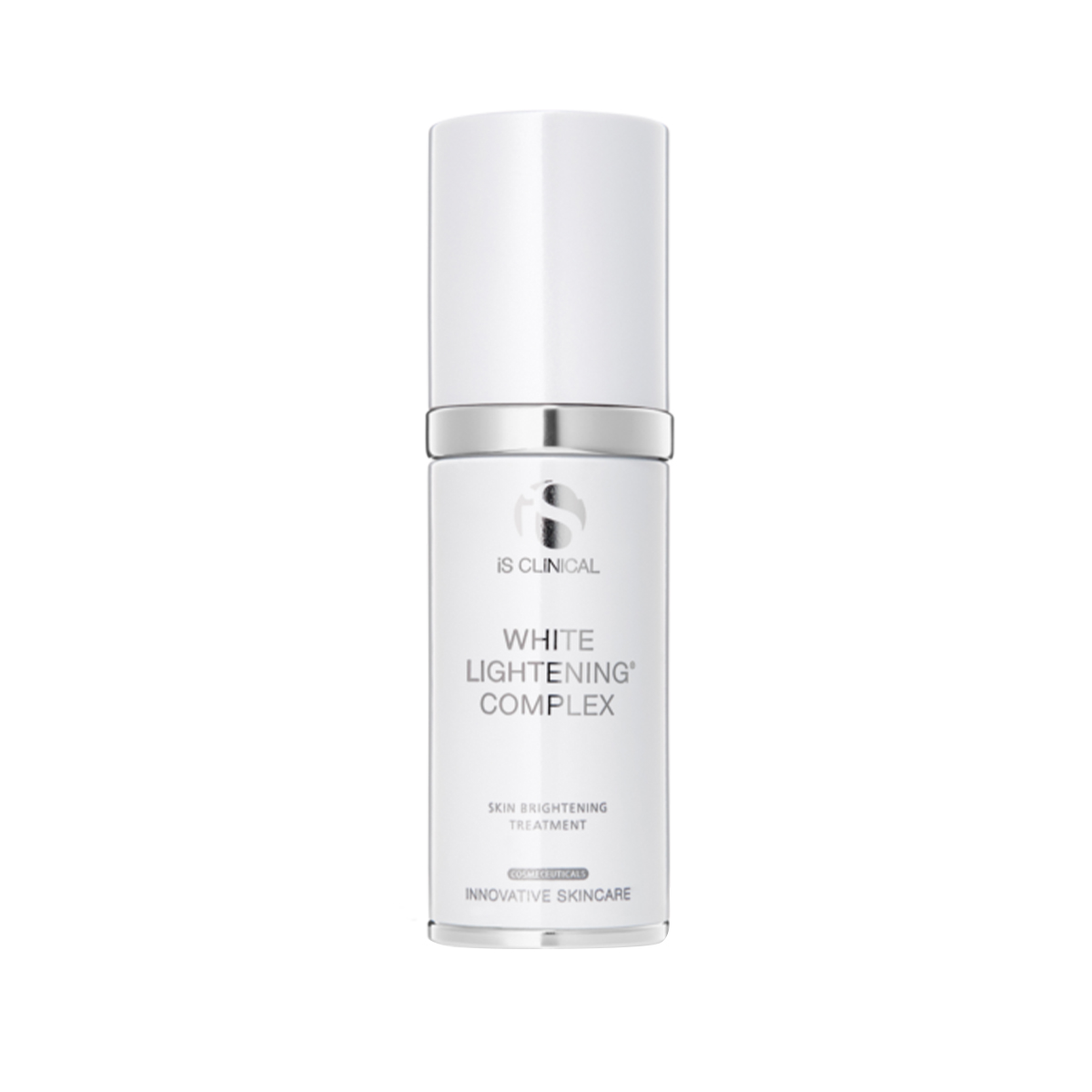
I was gifted with this product about two months ago and have been using it every day since. I do think that my skin overall is brighter and firmer. It's really lightweight (a waterlike essence consistency) too, which I like because I use a lot of serums, and if they're too heavy, it can pill, which I loathe. It is also paraben-free.
The other brightening cream I LOVE is SkinMedica's Lytera 2.0 Pigment Correcting Serum ($154). This product really works to help even skin tone and manage pigmentation. I also love mixing it with its vitamin C crystals for an added boost.

This one is also lightweight, but I love it because it has a really high concentration of L-ascorbic acid (vitamin C), a whopping 15% to be exact. I also love the Cosmedix Vitamin C Crystals ($54), which you can combine with any serum or moisturizer—Versed also has one for $20.
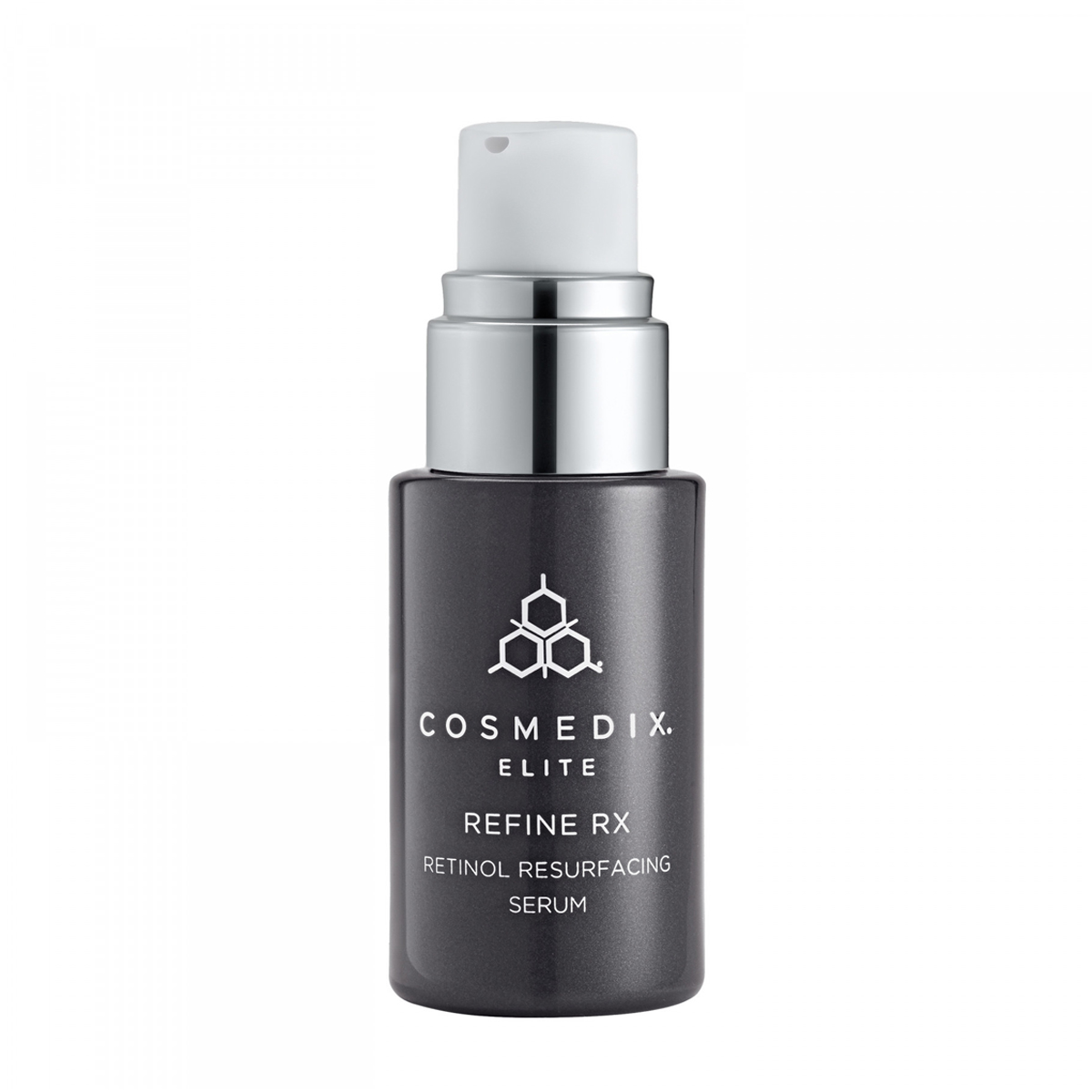
I have been using retinol for years, so I can handle the highest-strength version from Cosmedix, but if you're just starting out or have sensitive skin, the brand has a range of retinol, so you can work your way up. Serum 16 ($80) is a good place to start.

There are a lot of hyaluronic acid serums out there. I mean a lot. But after trying almost everything out there (well, not all, but a lot!), I consistently come back to this one. It works, plain and simple. I recently started testing out the IS Clinical Hydracool serum after my friend and celebrity esthetician Candace Marino recommended it. It's packed with hyaluronic acid and feels incredibly cooling to the skin—I'm already a convert.
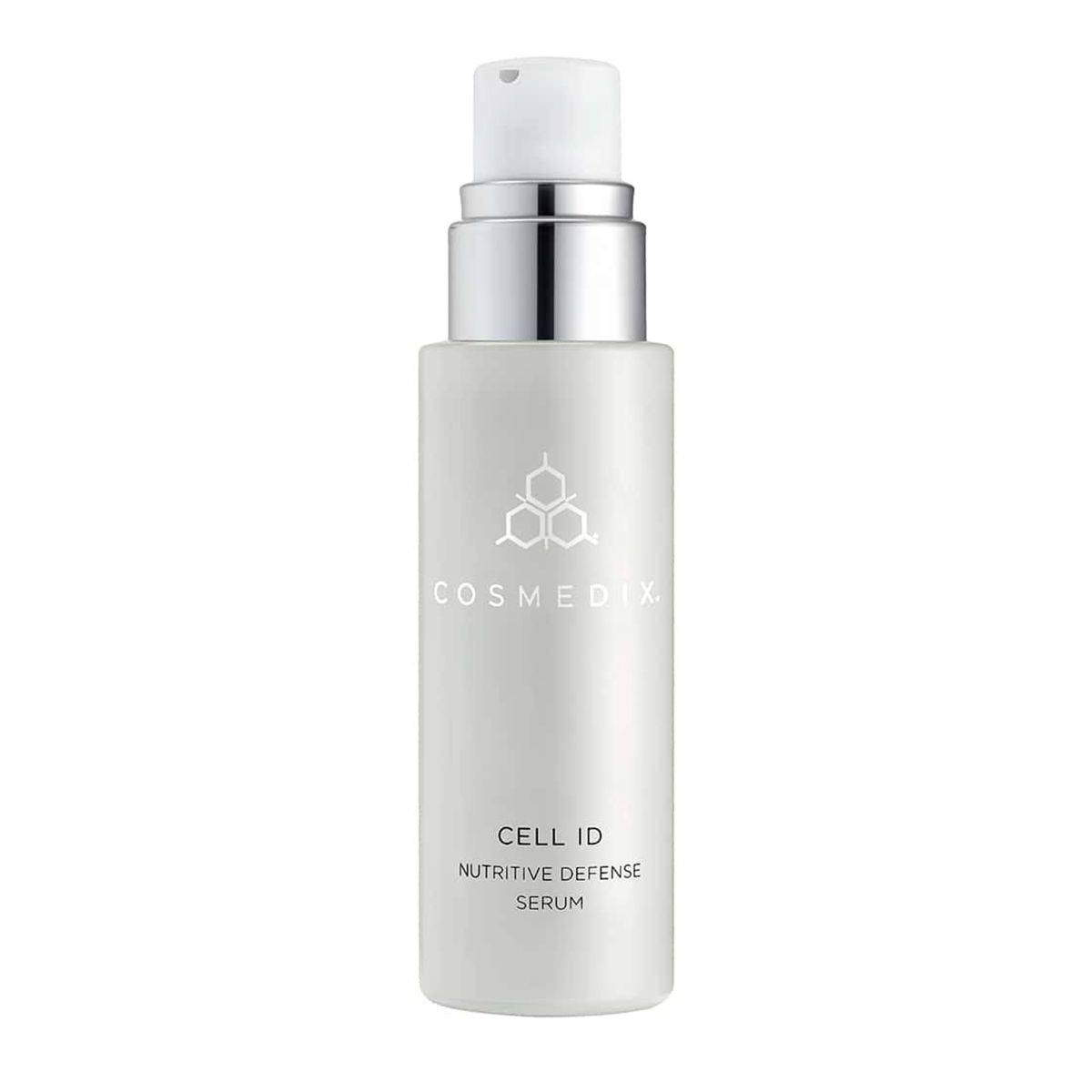
My esthetician Matthew Miller recommends this serum to almost everyone. It has really high levels of niacinamide, a form of vitamin B3 that helps to manage acne, rosacea, pigmentation issues, and wrinkles. This is a really nice everyday defense serum.
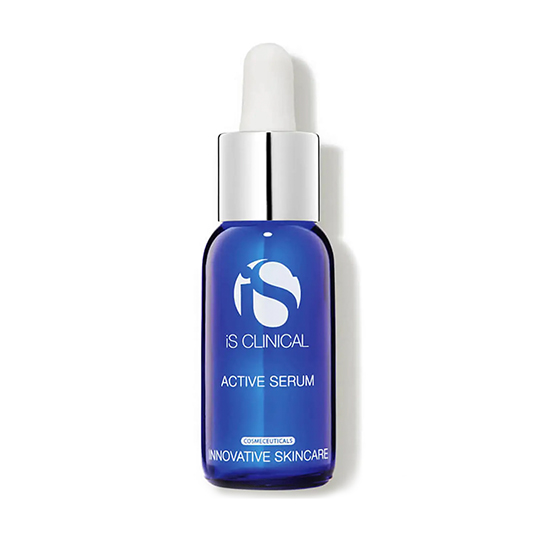
I mix a few drops of this with the IS Clinical Super Serum Advance ($155) and the White Lightening Serum ($145) morning and night straight after I've toned my skin. I've been doing this for a few months now, and I can honestly say it instantly tightens and brightens my skin. I have definitely noticed a difference. I really love how fresh it makes my skin feel too—the results are immediate. Not sure how I ever lived without it.
Moisturizer
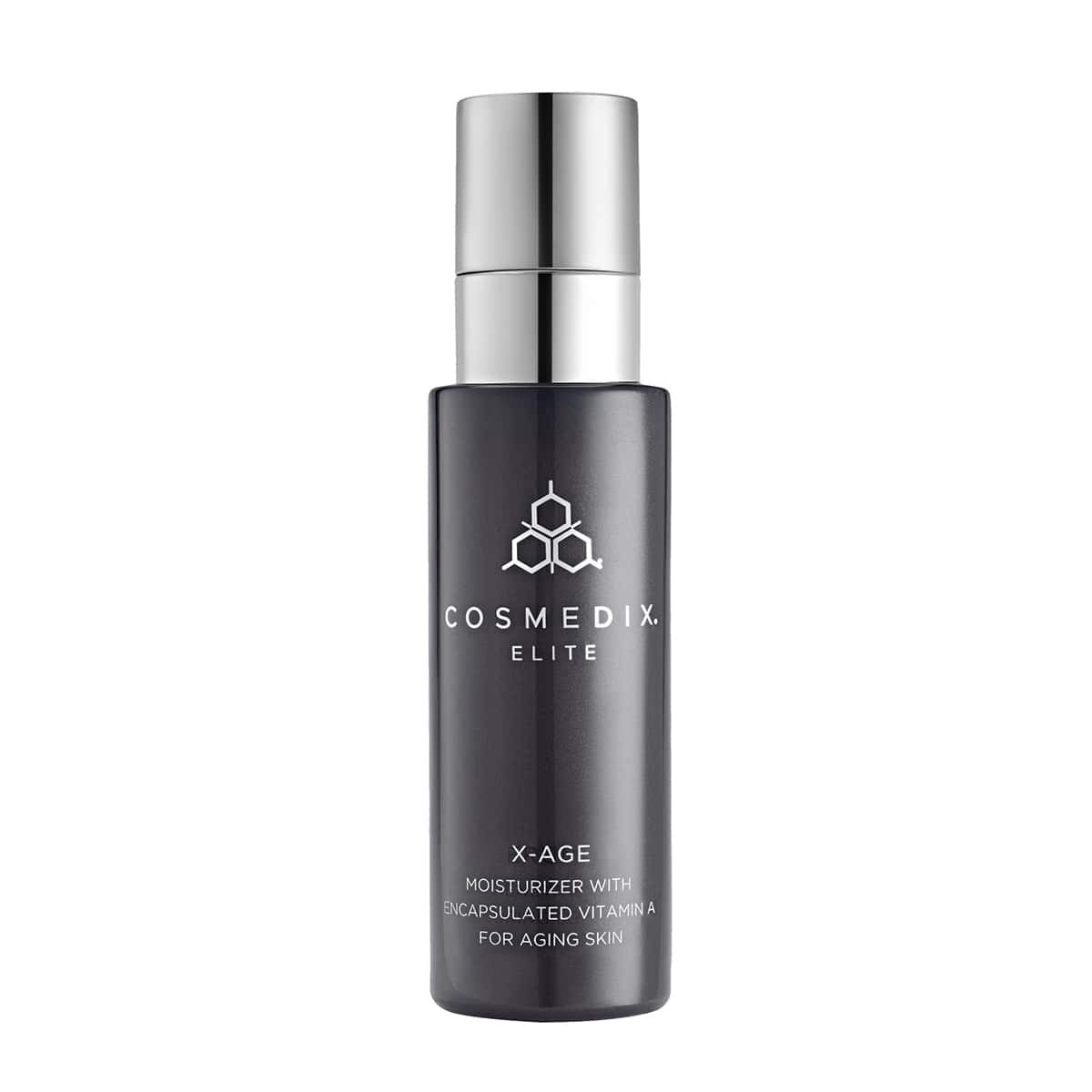
I have been using this moisturizer for about a year now, and I notice the difference in my skin texture and overall appearance when I stop using it. This is worth the $$. It has encapsulated vitamin A and a ton of antioxidants to help improve the texture and elasticity of aging skin. I just really love it. I mix it with my face oil every night for added hydration and dewy skin. Humidify ($90) is also lovely when I want something hydrating but lightweight.
Oils

I was first introduced to this face oil through Matthew Miller, and I have been hooked on (actually, I think it's safe to say obsessed with) this face oil ever since. Unfortunately, you can only buy it through a certified carrier like Miller, but it's worth going on the hunt for. I love to mix it with my moisturizer and even reapply it throughout the day for dewy, glowy skin. It can be mixed with makeup too. Mara Beauty Algae + Moringa Universal Face Oil ($72) is also really beautiful and great mixed with makeup as is the 100% organic oil by Kohza Numbers (touted as a daily supplement serum with vitamins A, C, and E). It's super lightweight and looks insane when mixed with foundation. I just love it; I just DEW!
Eyes
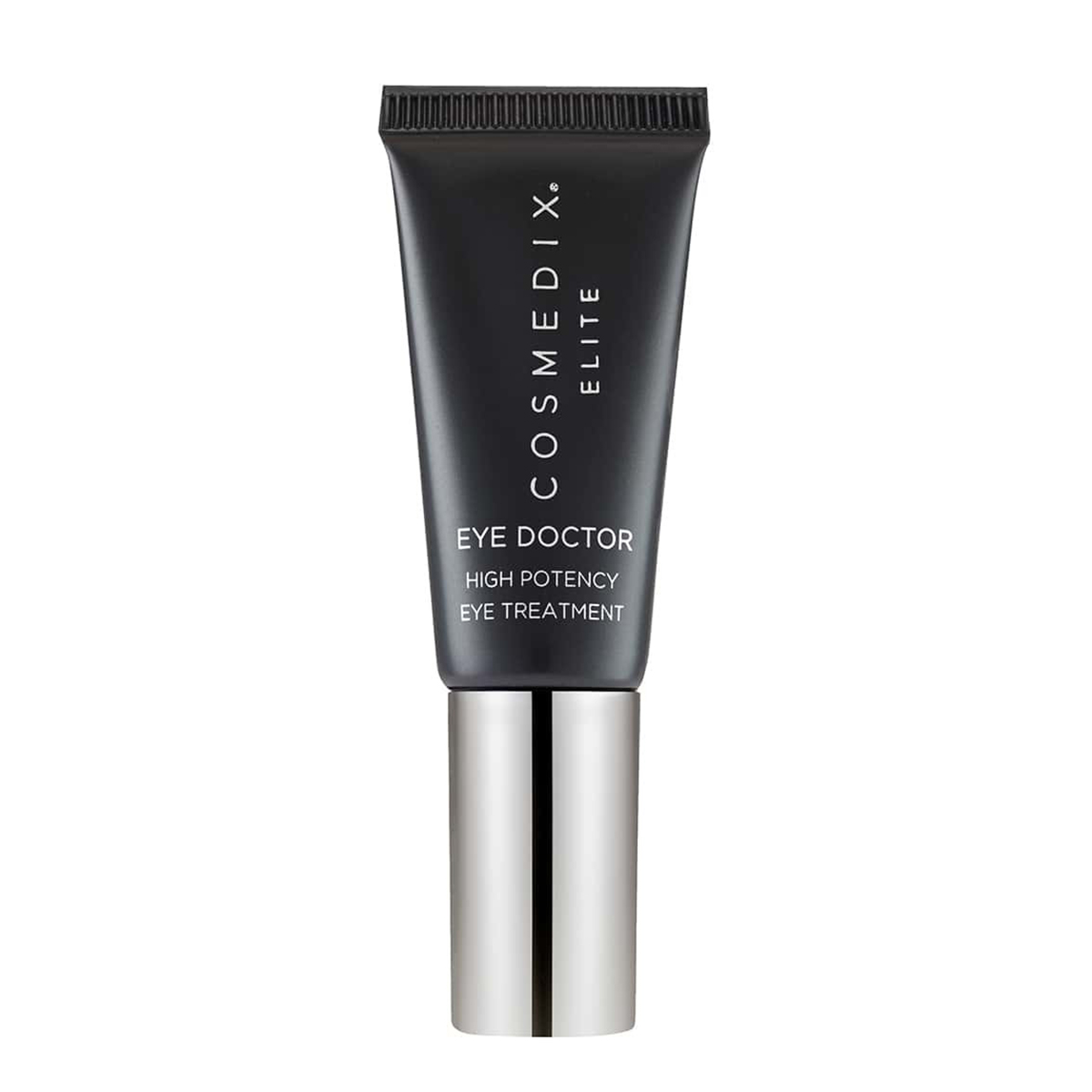
This magical eye cream is hands down one of the best out there. I promise. It is like eye cream and a highlighter in one. The Opti-Eye Crystal ($95) (which is slightly cheaper) is also great and one of the brand's best-selling products. But I personally prefer the Eye Doctor because it has retinol and feels more targeted to my anti-aging needs.
Sunscreen
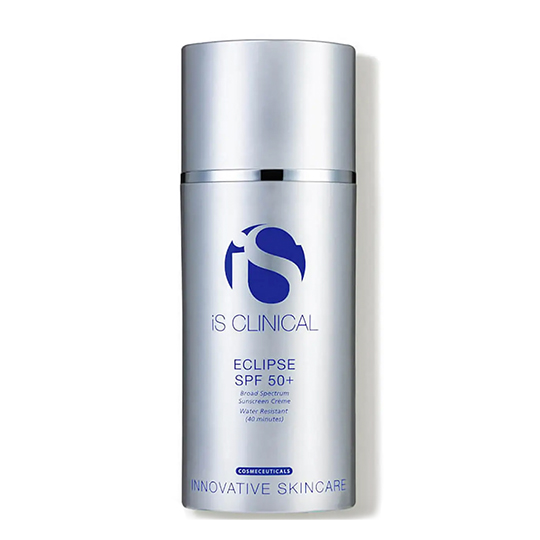
This is almost like a mousse in texture. It's light, not too oily, and mixes into the skin without leaving a white residue but also keeps my skin dewy. I love the size of the bottle, and I use it for my face and body. It's paraben-free and doesn't have any active chemical ingredients. Side note: My husband had a terrible reaction to oxybenzone and avobenzone, so if you're sensitive, please look out for that ingredient and avoid sunscreens that have it.
Face Mist
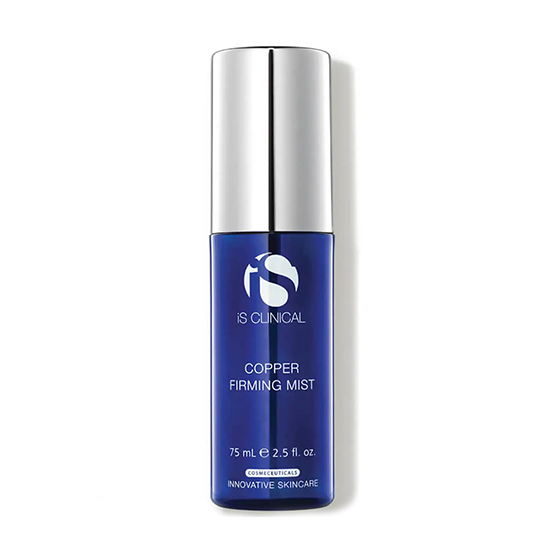
I have tried so many face mists, but this is by far my favorite. It does feel firming and is a great spritz to set makeup. I also really love Cosmedix Mystic ($42). It smells so good and is incredibly hydrating.
Up Next: 18 Reasons Kate Bosworth Is Benjamin Buttoning Right Before Our Eyes.
This article was originally published at an earlier date and has been updated.

Sacha Strebe is currently the editorial director of EyeSwoon. She has previously been the editorial director of Create & Cultivate, where she was responsible for the editorial vision, direction, and tone of the brand's digital platform, while also looking for new and creative opportunities for the business to expand both editorially and experientially to inspire and empower its community. She was also the editorial director for MyDomaine (former sister site to Who What Wear), where she diversified the site's coverage well beyond its home décor roots to create an all-encompassing digital lifestyle publication and, in turn, helped MyDomaine reach a lifetime traffic high. Prior to MyDomaine, she was a newspaper journalist in Australia working in the news and fashion features departments.
-
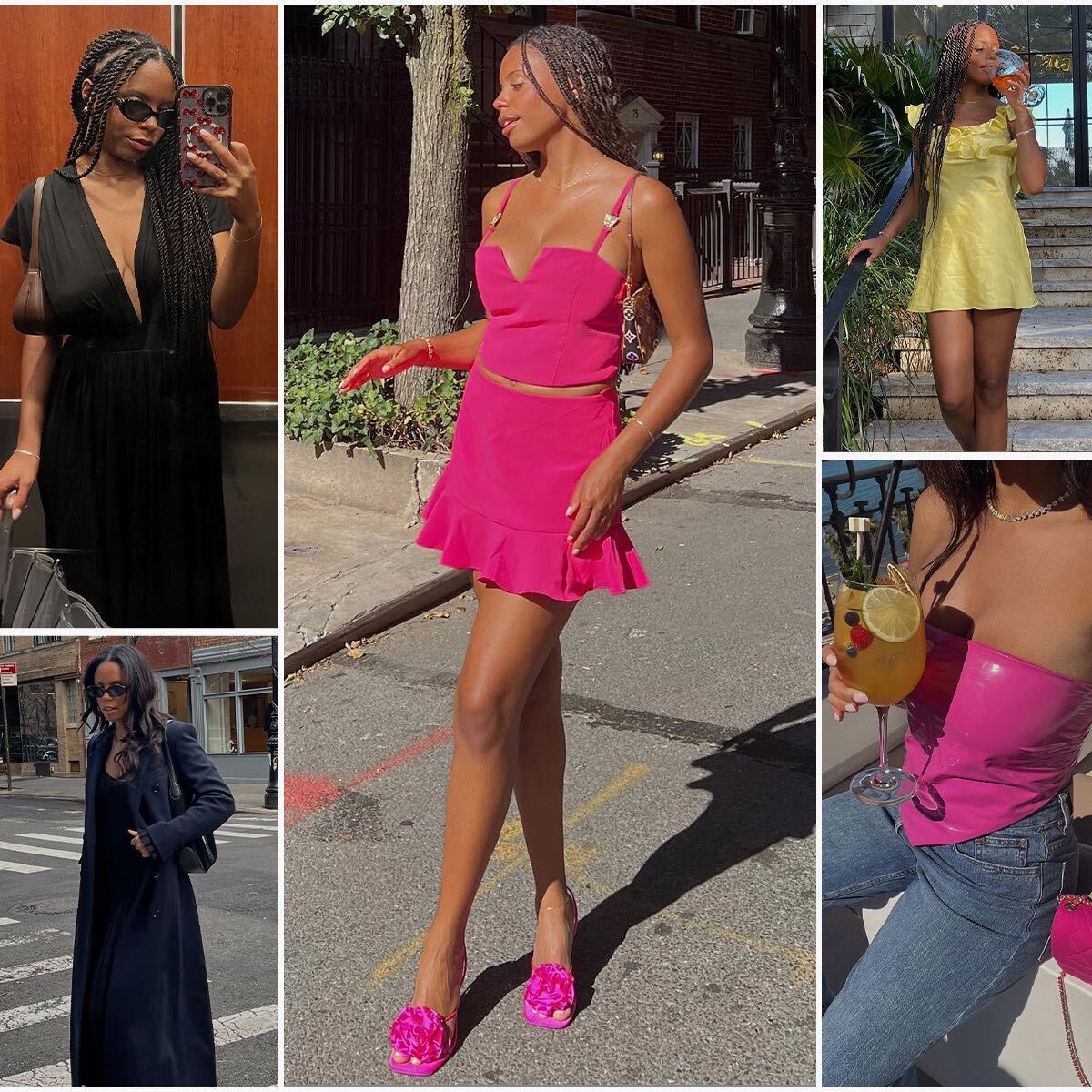 I Thought I Knew My Best Color, But a Pro Completely Changed My Mind
I Thought I Knew My Best Color, But a Pro Completely Changed My MindColor theory is real.
By Sierra Mayhew
-
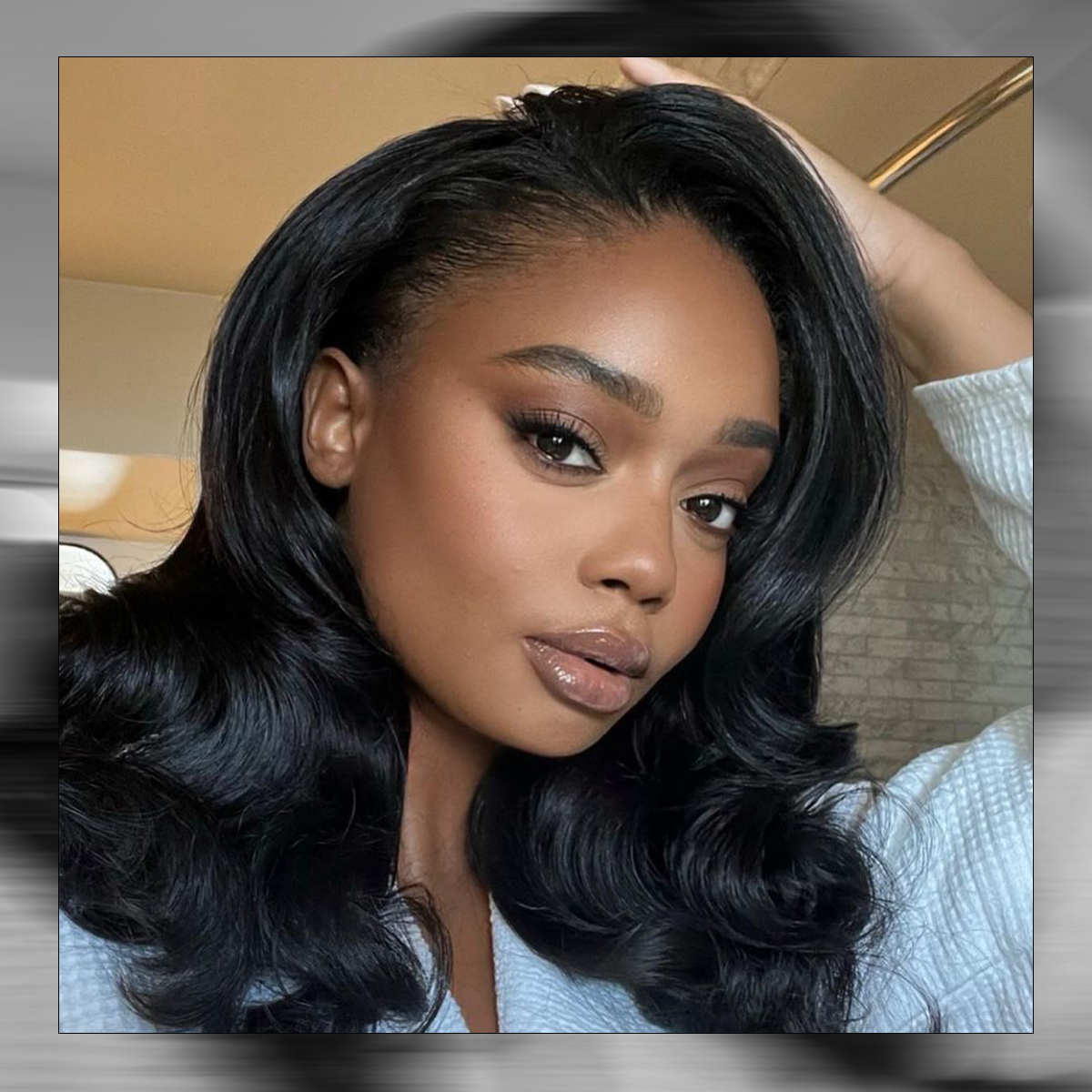 I Started My Day Like Akilah Releford Gould for a Week: 5 Habits I'm Keeping
I Started My Day Like Akilah Releford Gould for a Week: 5 Habits I'm KeepingSuch a game changer.
By Maya Thomas
-
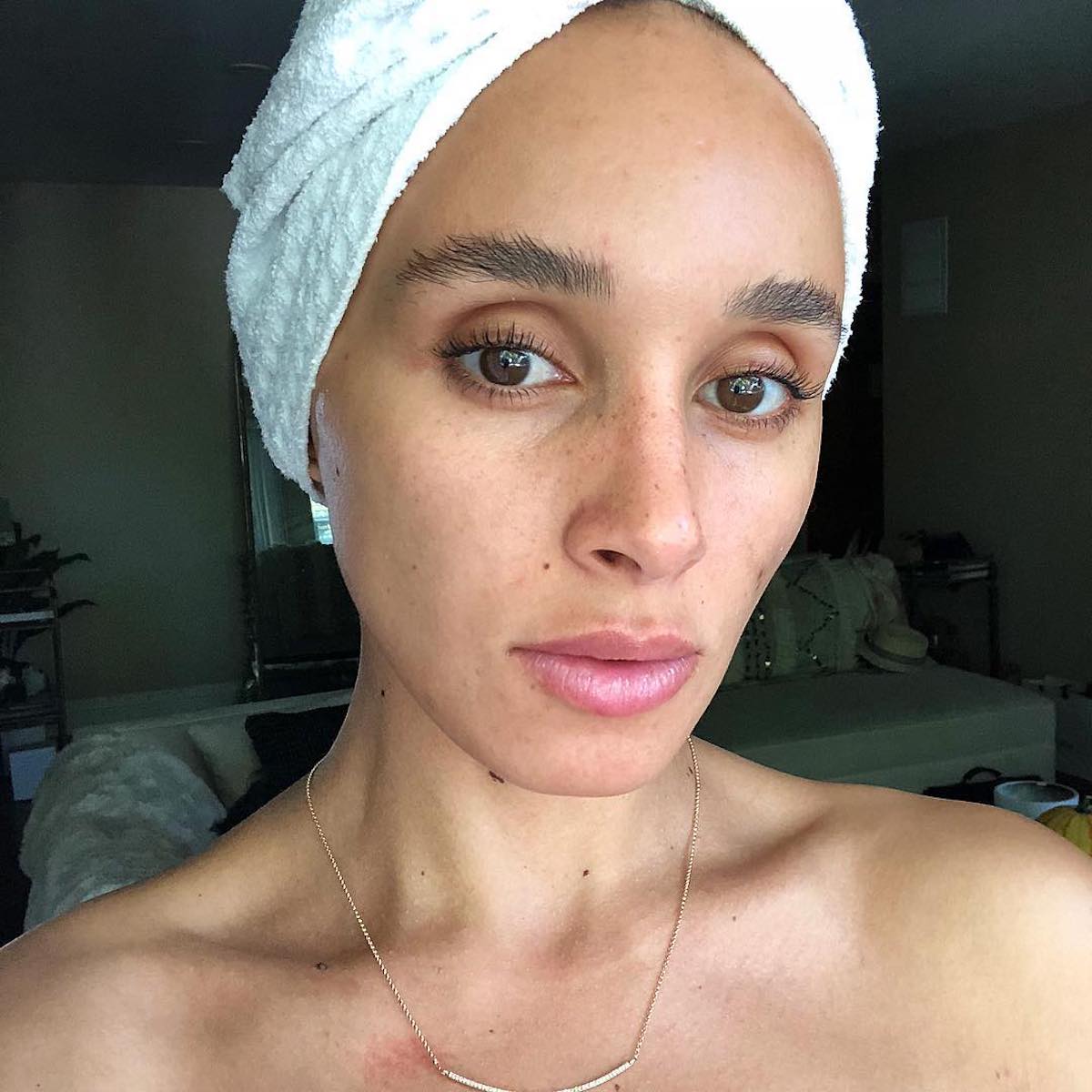 Retinol Alternatives Are Trending, But Are They Just as Effective? I Got Answers
Retinol Alternatives Are Trending, But Are They Just as Effective? I Got AnswersA dermatologist sounds off.
By Kaitlyn McLintock
-
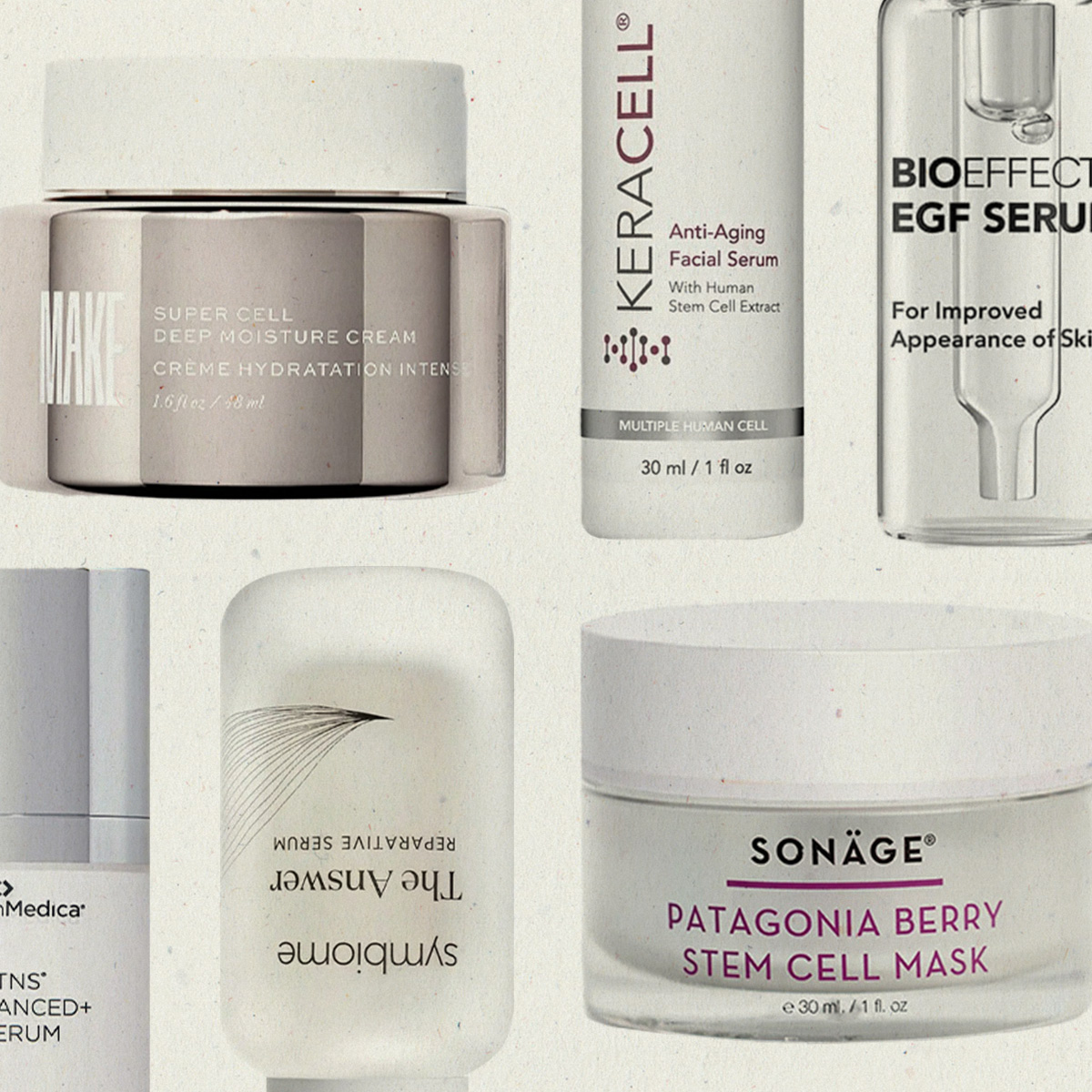 Stem Cell Beauty Products Made Me Nervous—I Asked Experts My Burning Questions
Stem Cell Beauty Products Made Me Nervous—I Asked Experts My Burning QuestionsThere's a lot to know.
By Marie Lodi
-
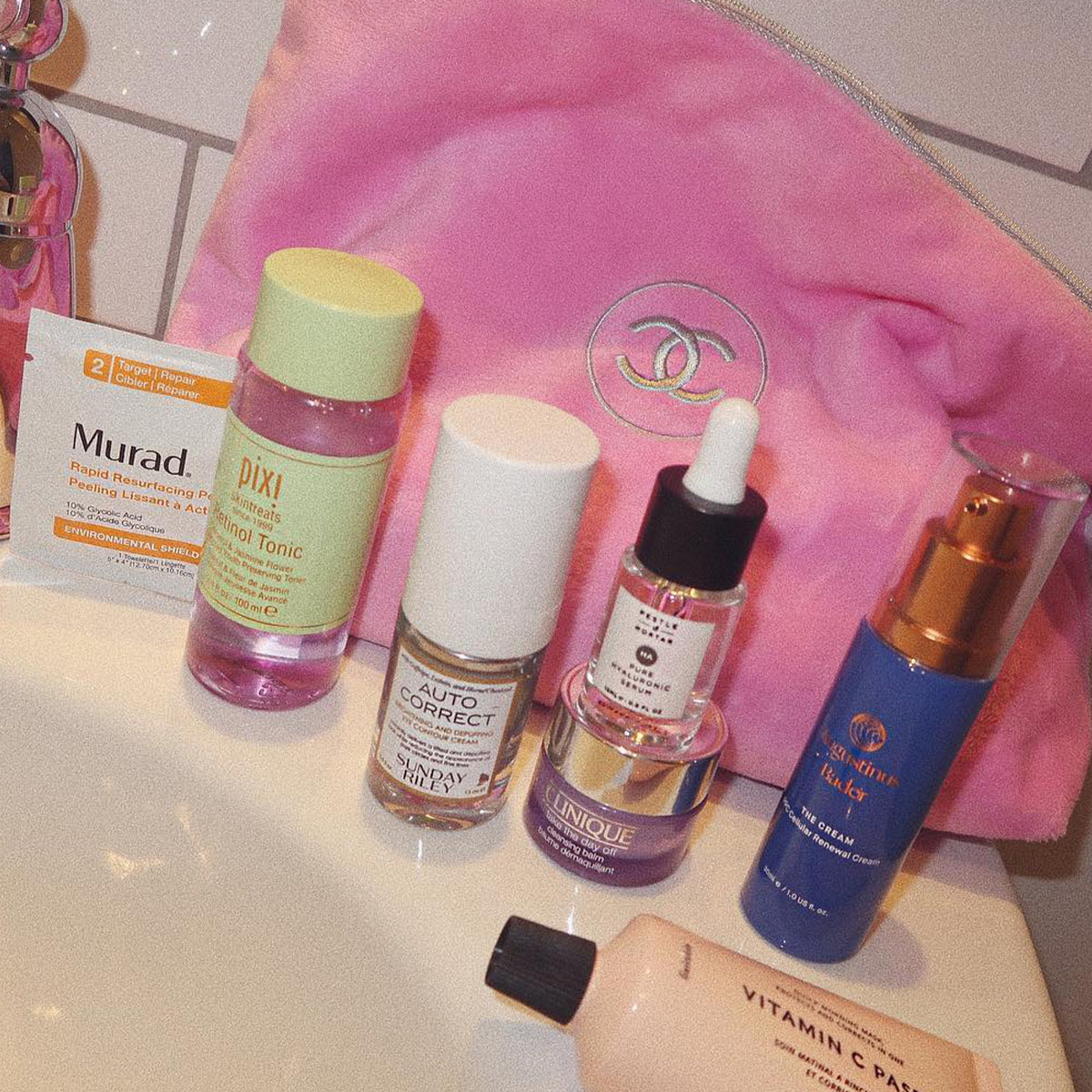 A Beloved Celebrity Facialist Shares Her Top Tips for Caring for Skin at Age 40+
A Beloved Celebrity Facialist Shares Her Top Tips for Caring for Skin at Age 40+Pure gold.
By Marie Lodi
-
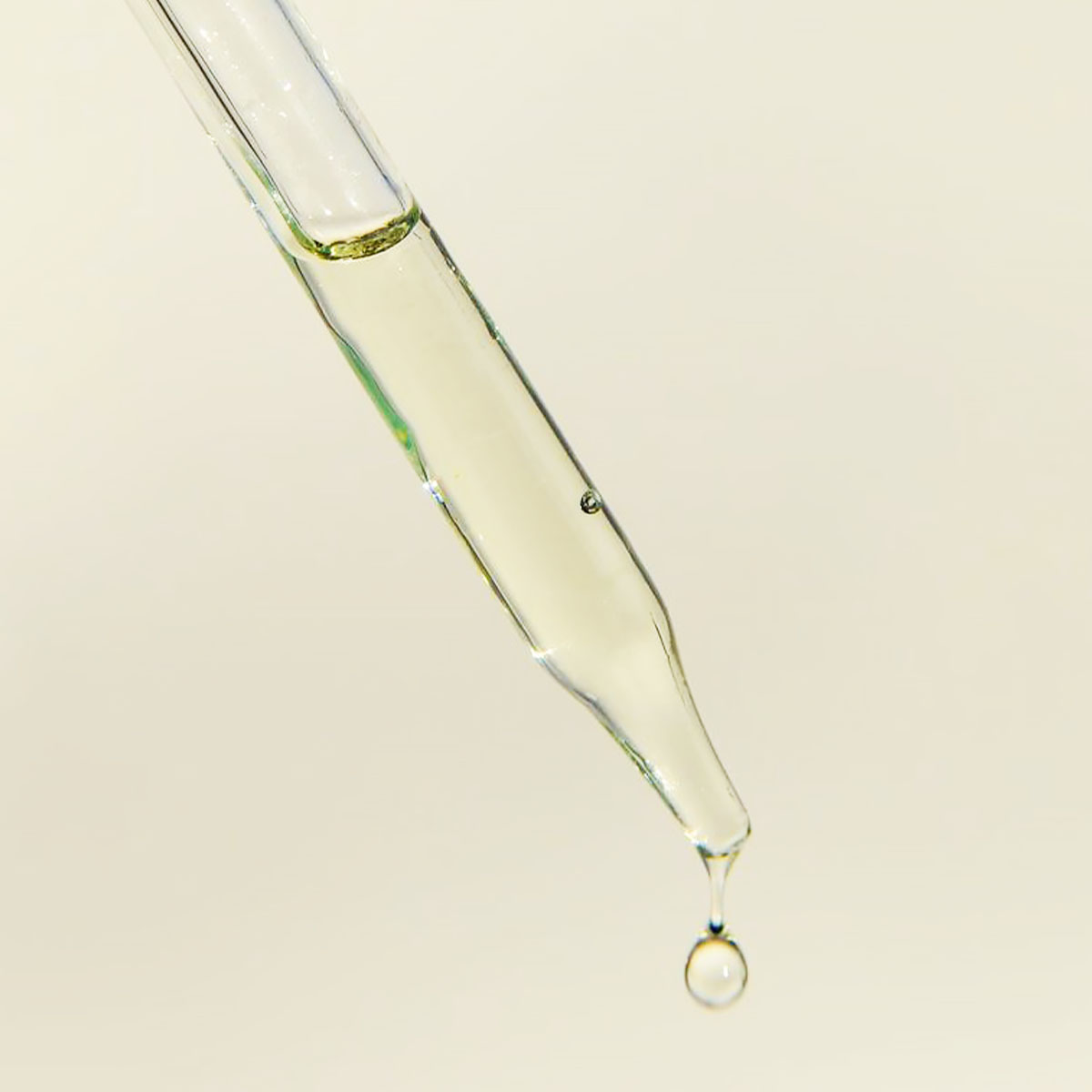 I Slept On This "Controversial" Product for Years, and Now I Have Regrets
I Slept On This "Controversial" Product for Years, and Now I Have RegretsIt's done amazing things for my mature, acne-prone skin.
By Marie Lodi
-
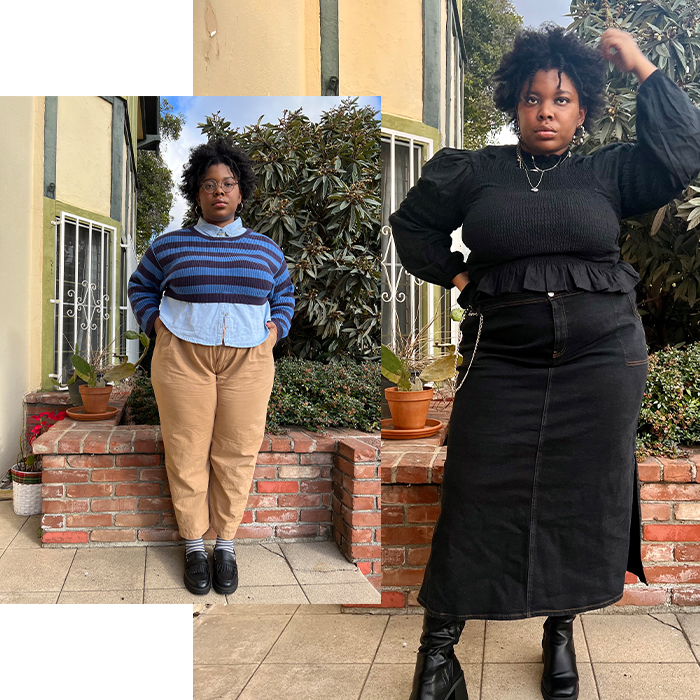 I Tested 5 Popular Fashion Aesthetics to See If They're Plus-Size Friendly
I Tested 5 Popular Fashion Aesthetics to See If They're Plus-Size FriendlyIt was more challenging than it seems.
By Chichi Offor
-
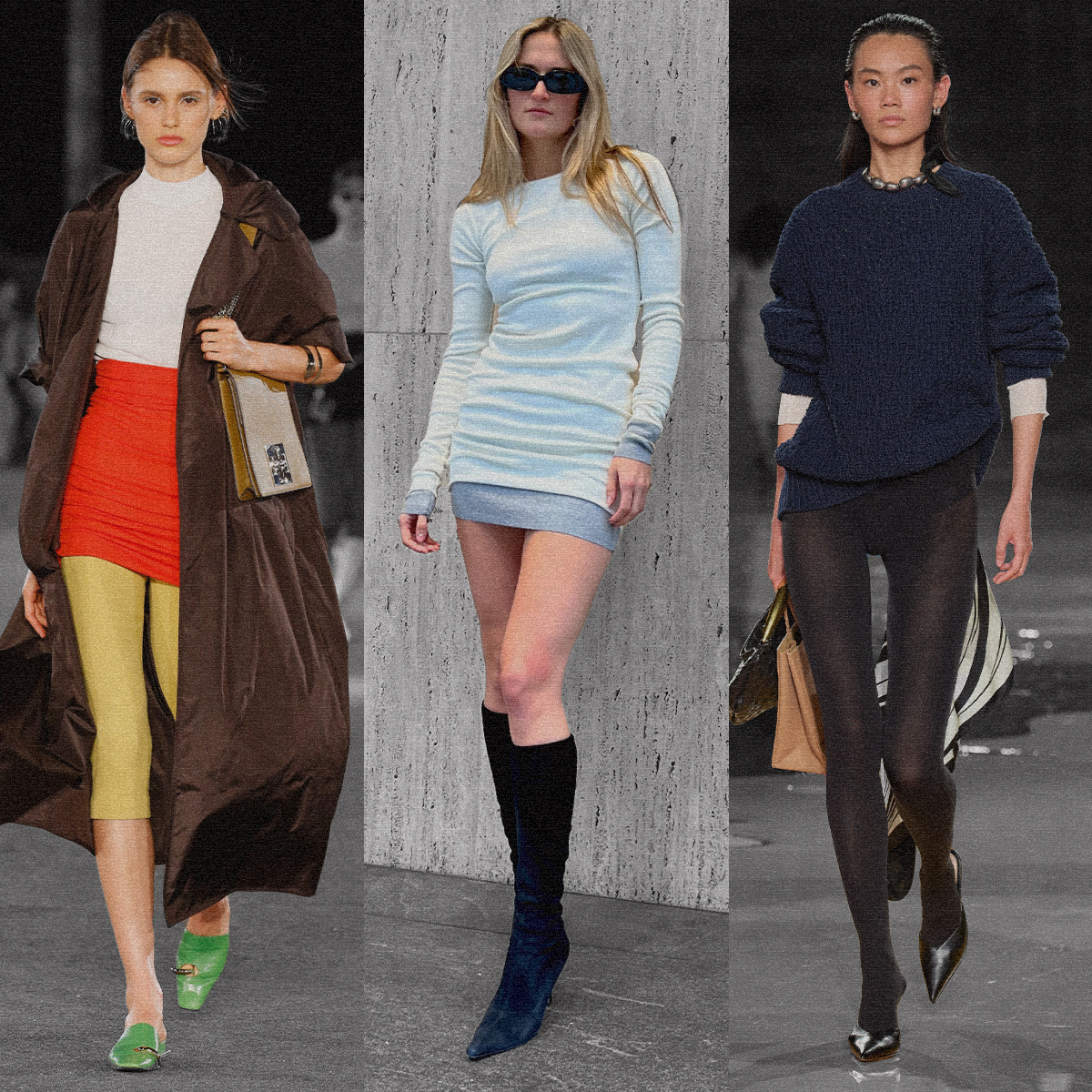 I Copied Spring 2023's Most Shocking Runway Looks—Here's How They Held Up IRL
I Copied Spring 2023's Most Shocking Runway Looks—Here's How They Held Up IRLWould you wear them?
By Eliza Huber
